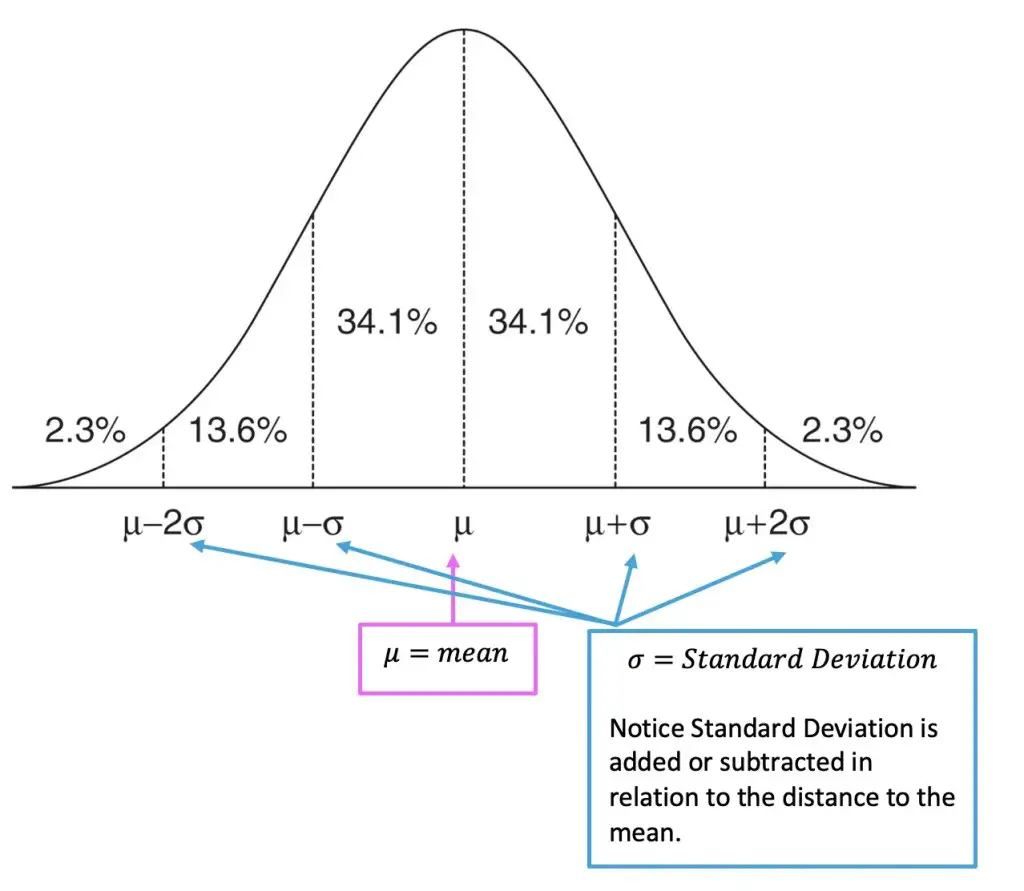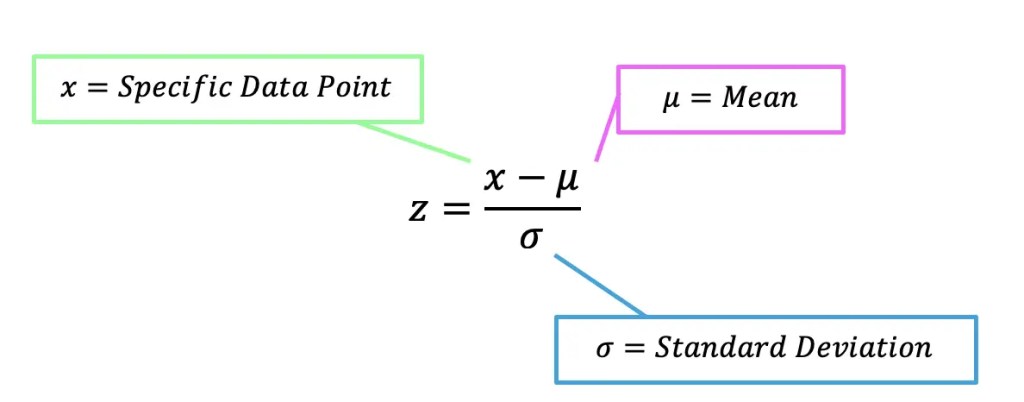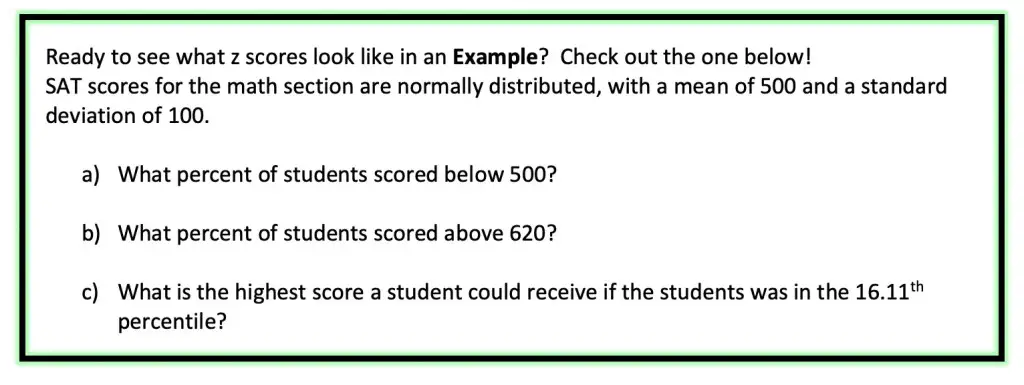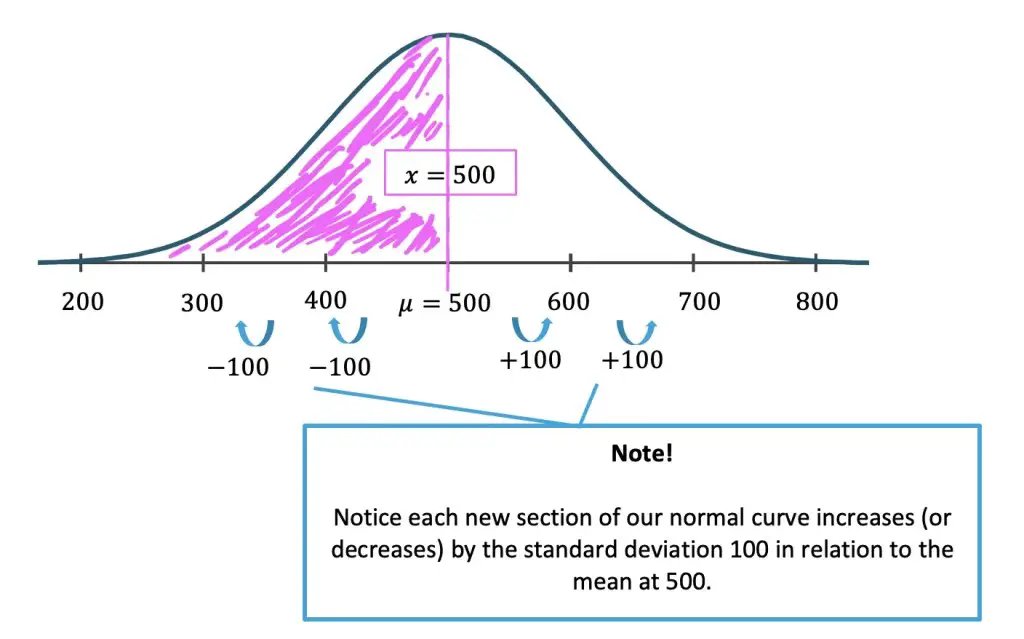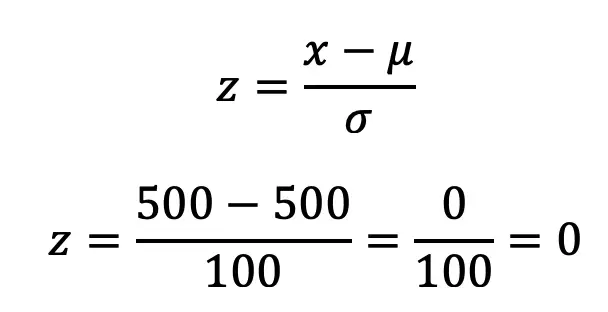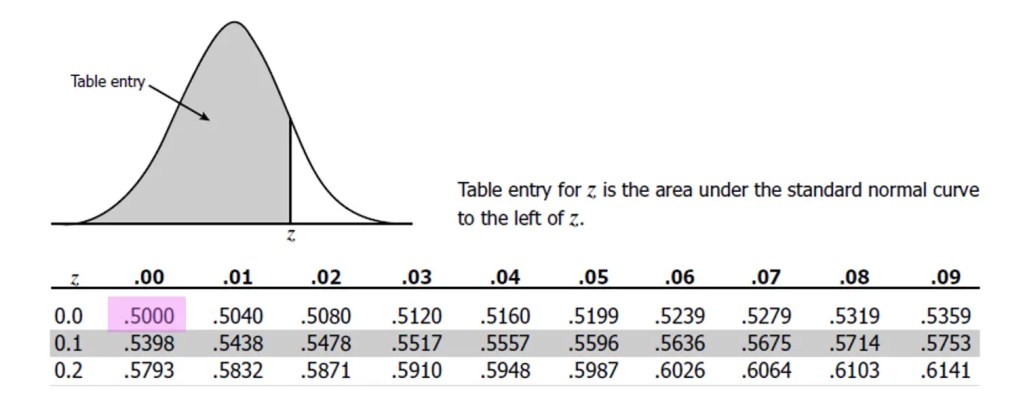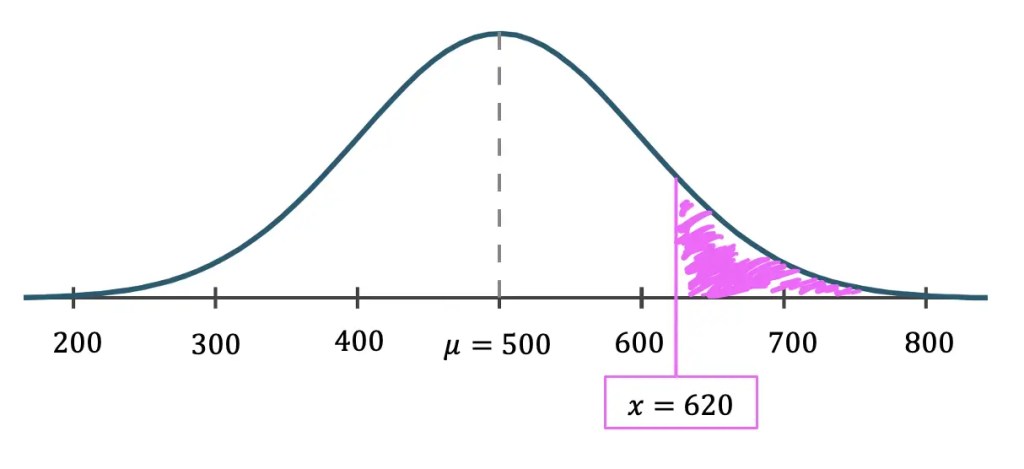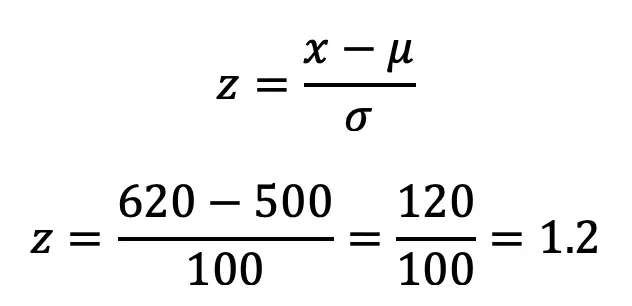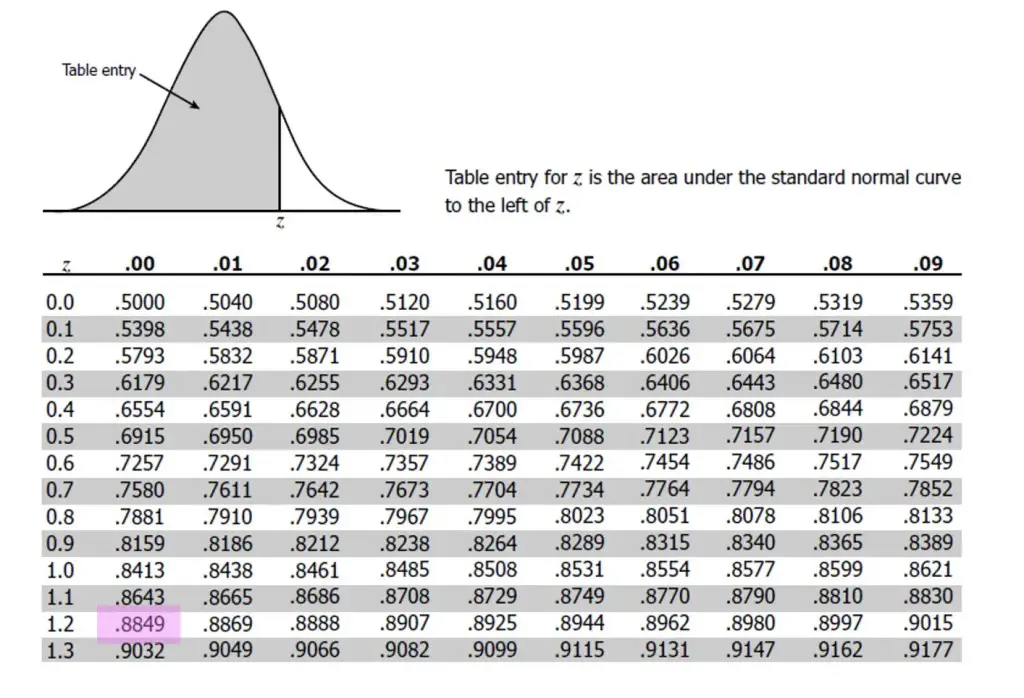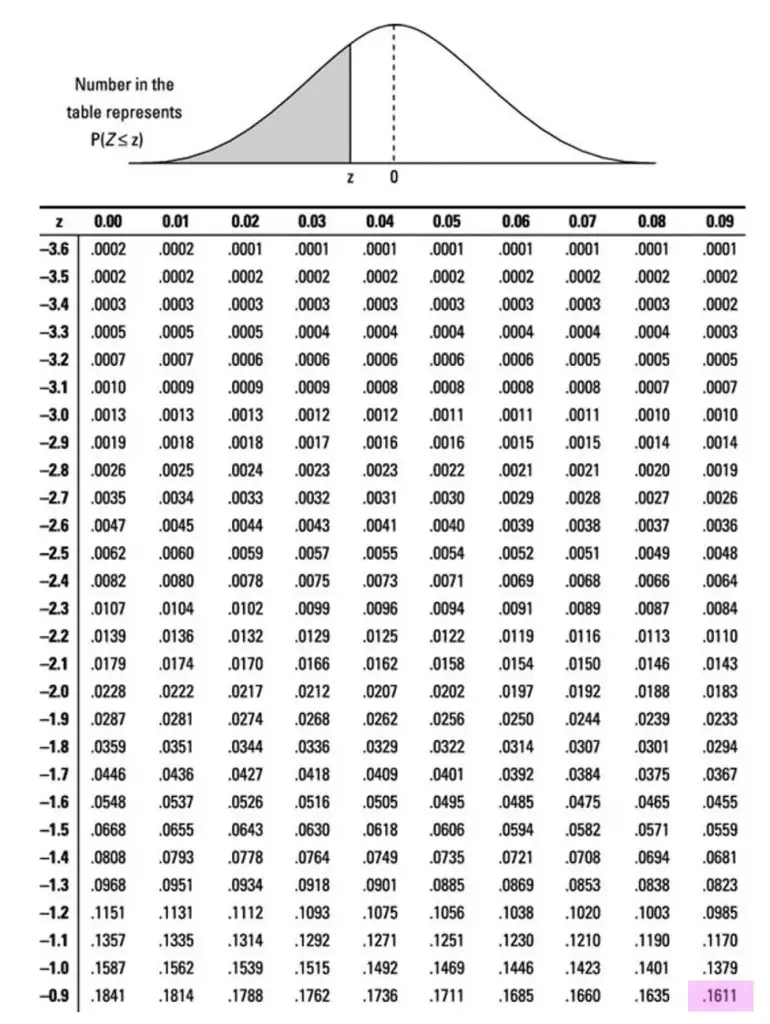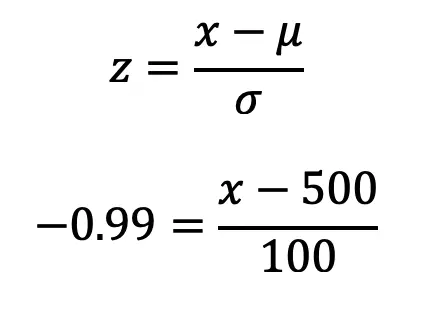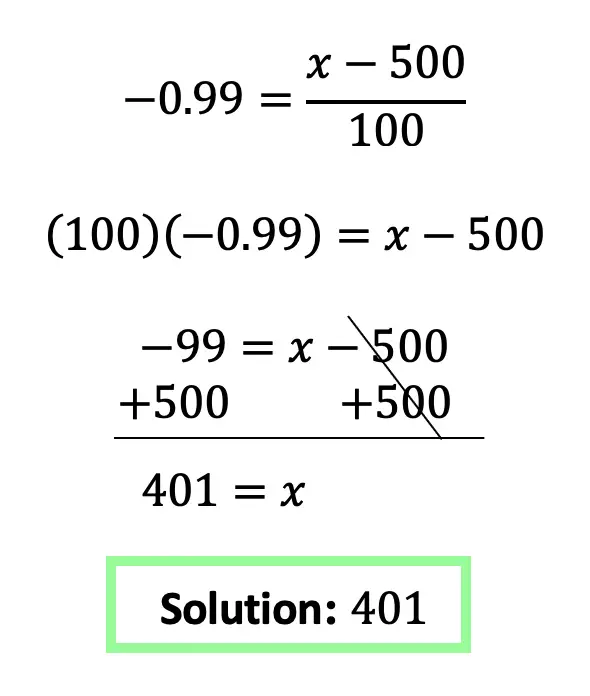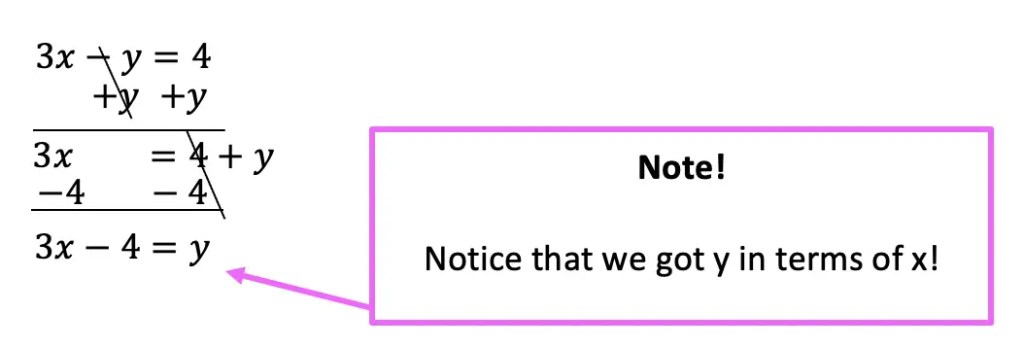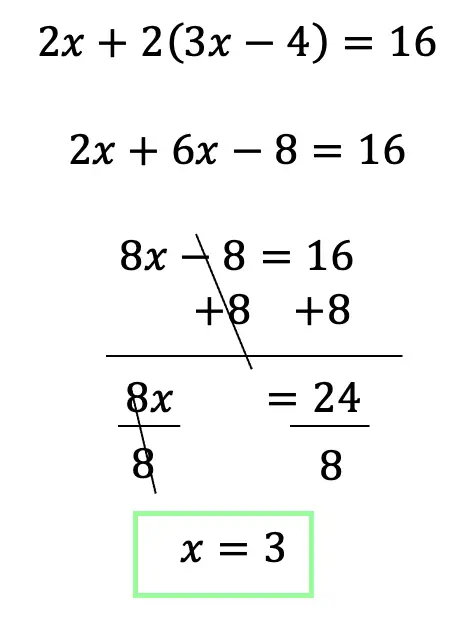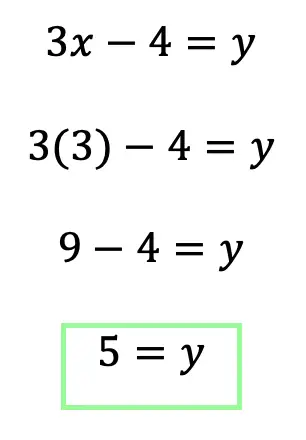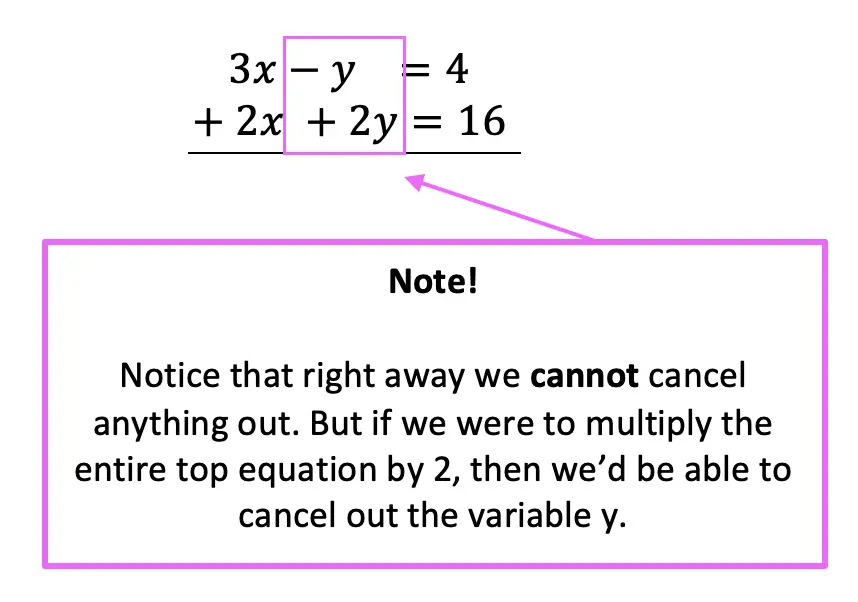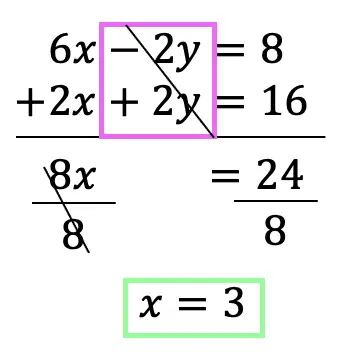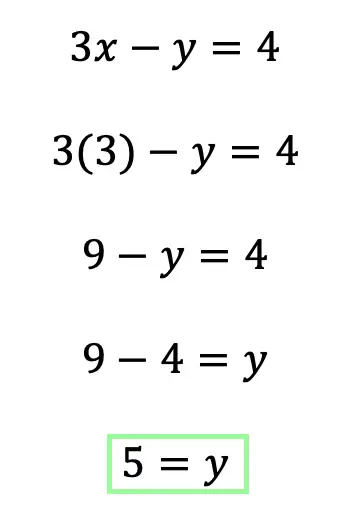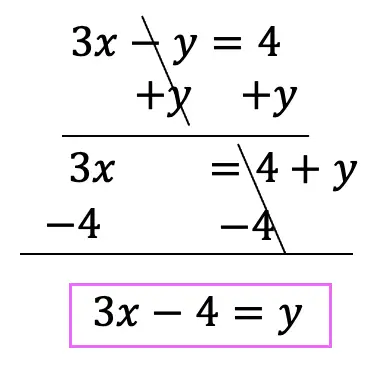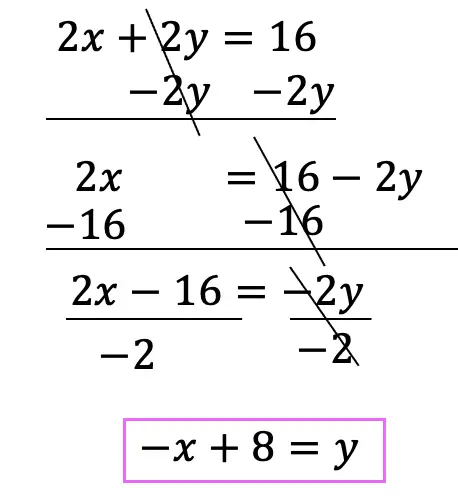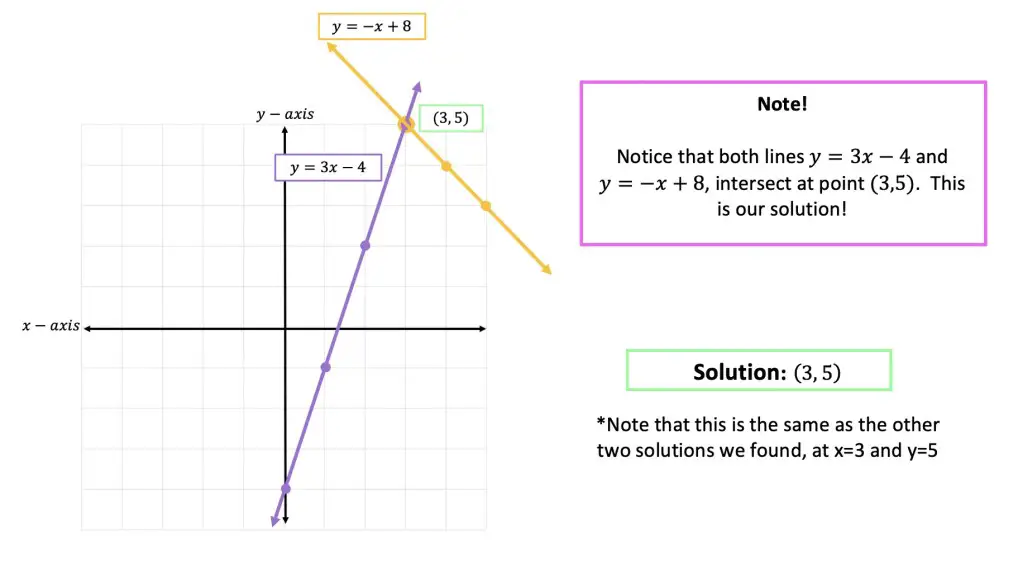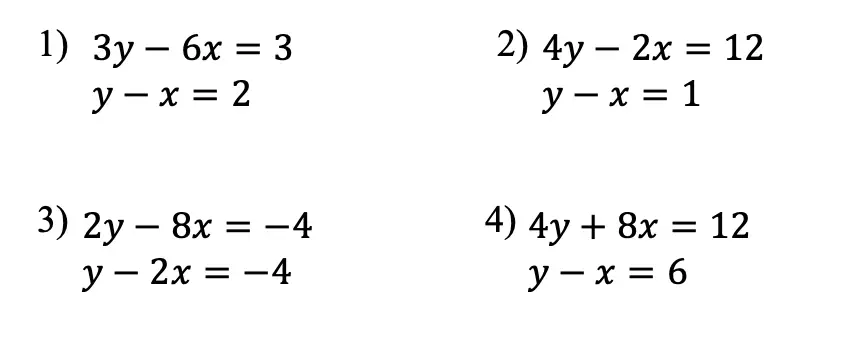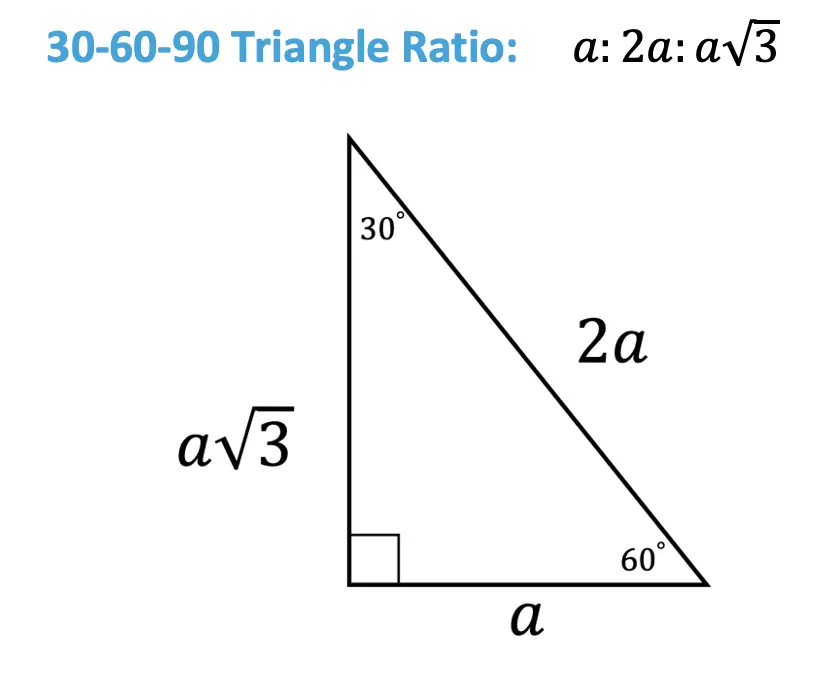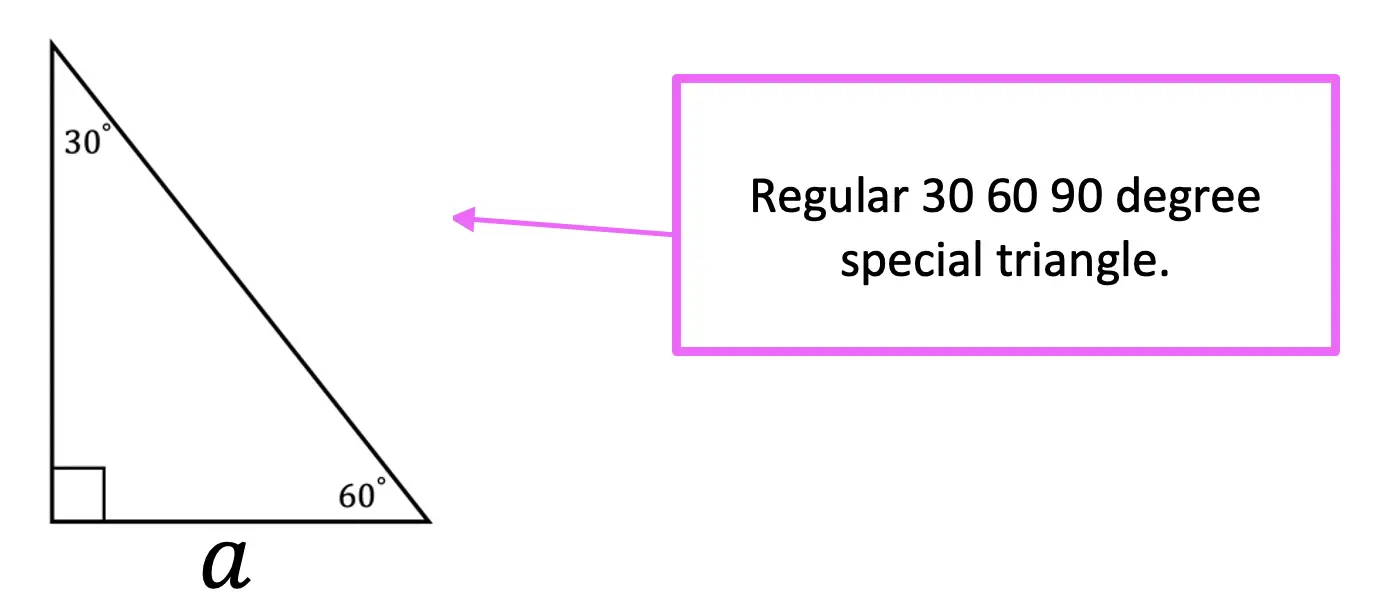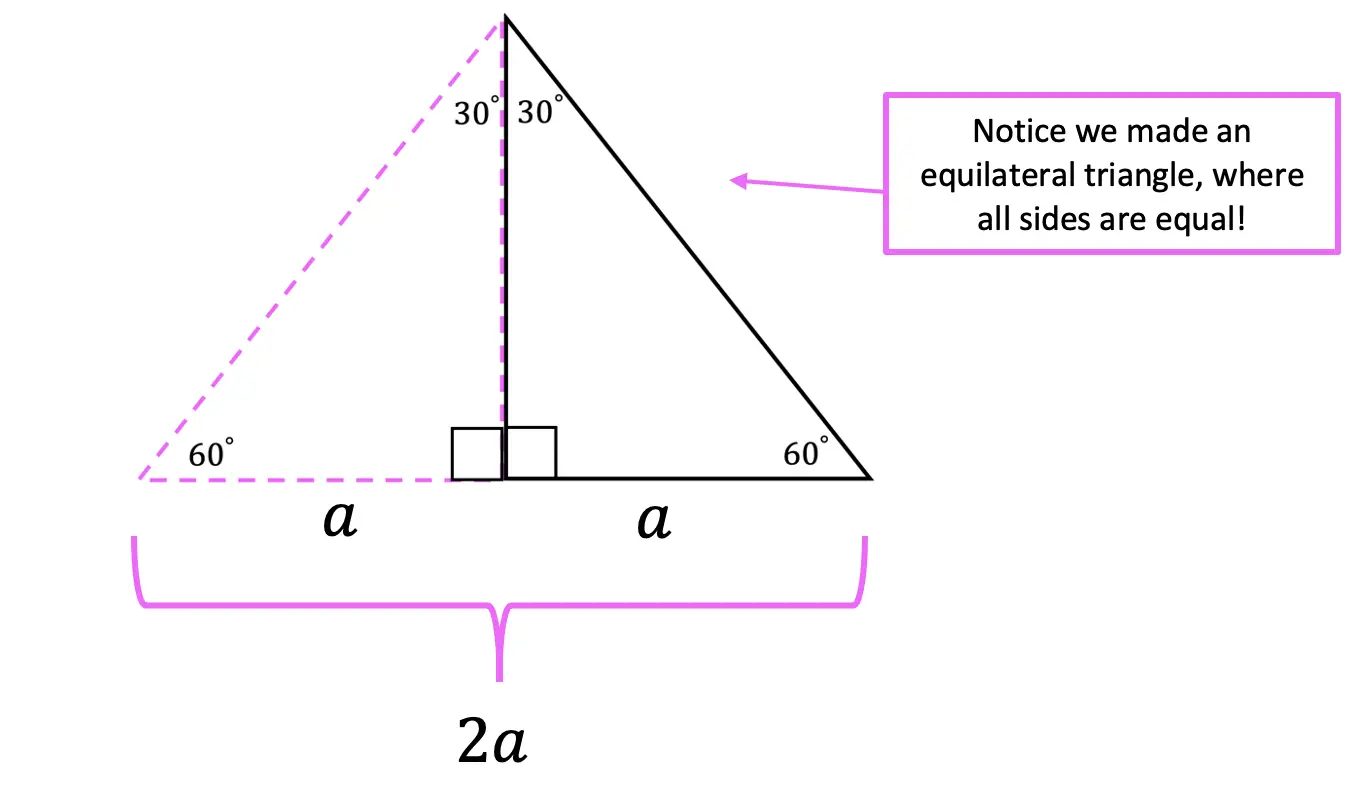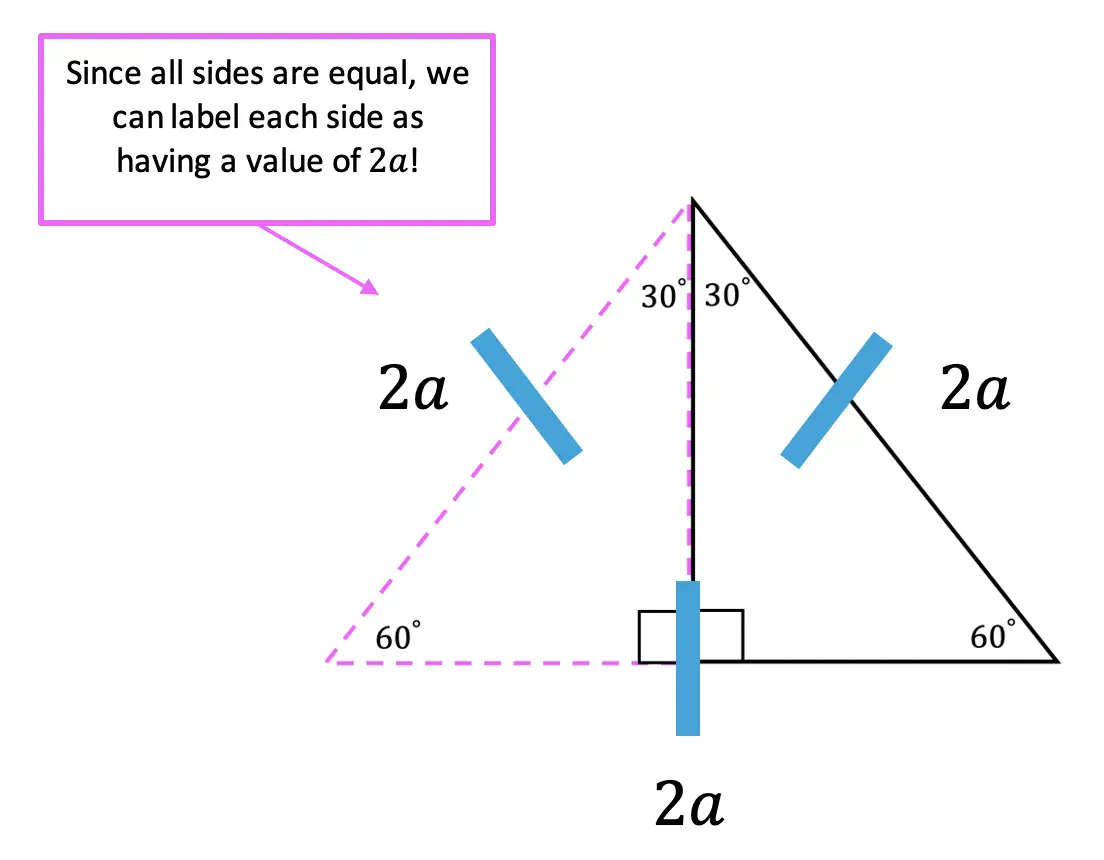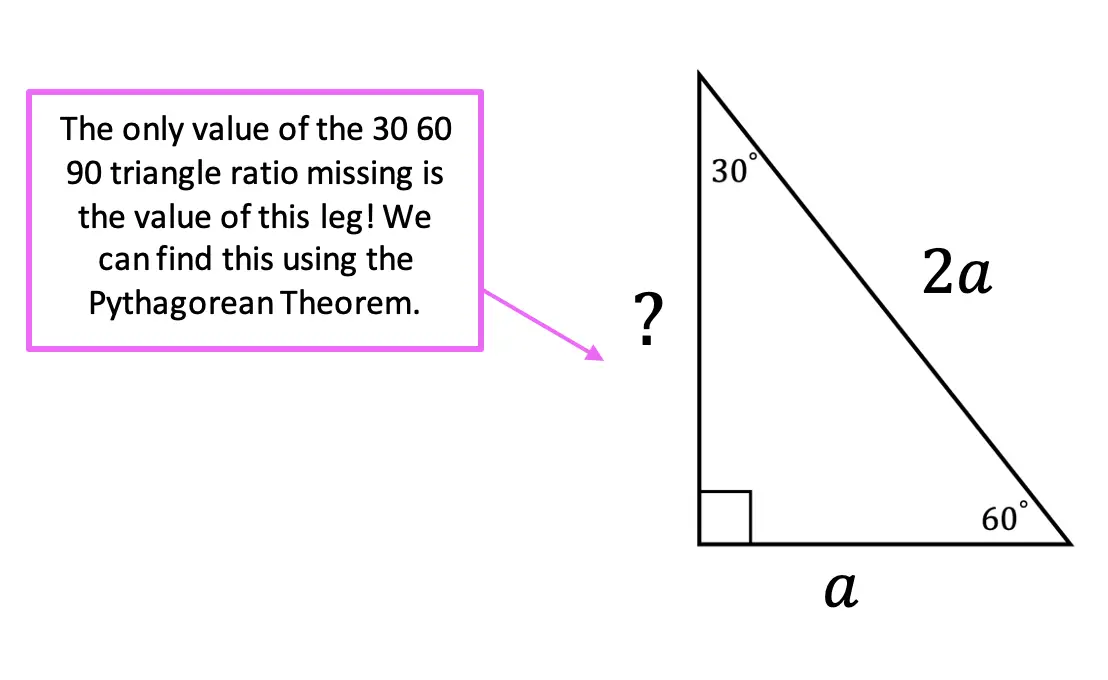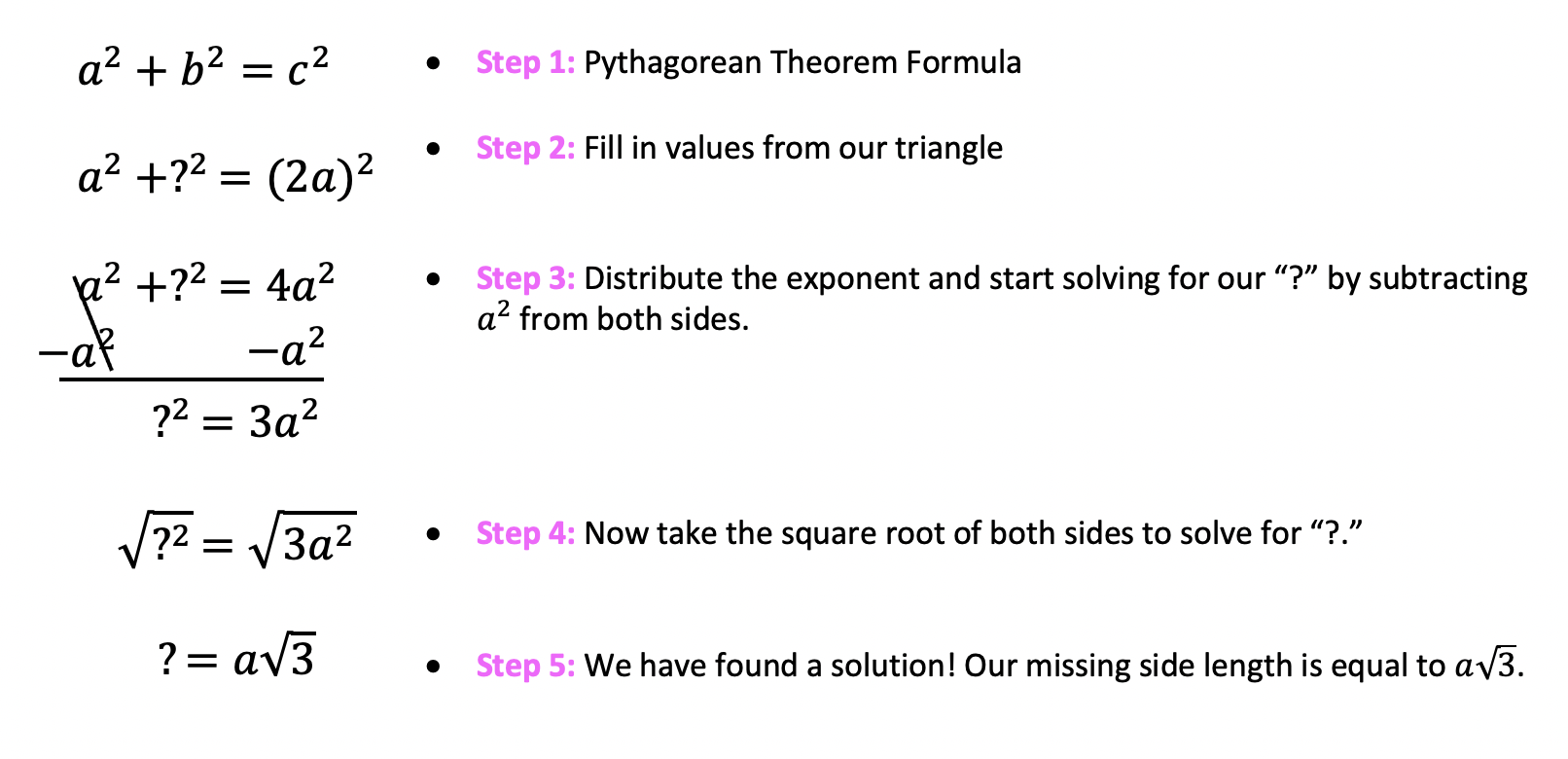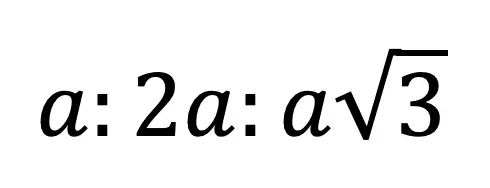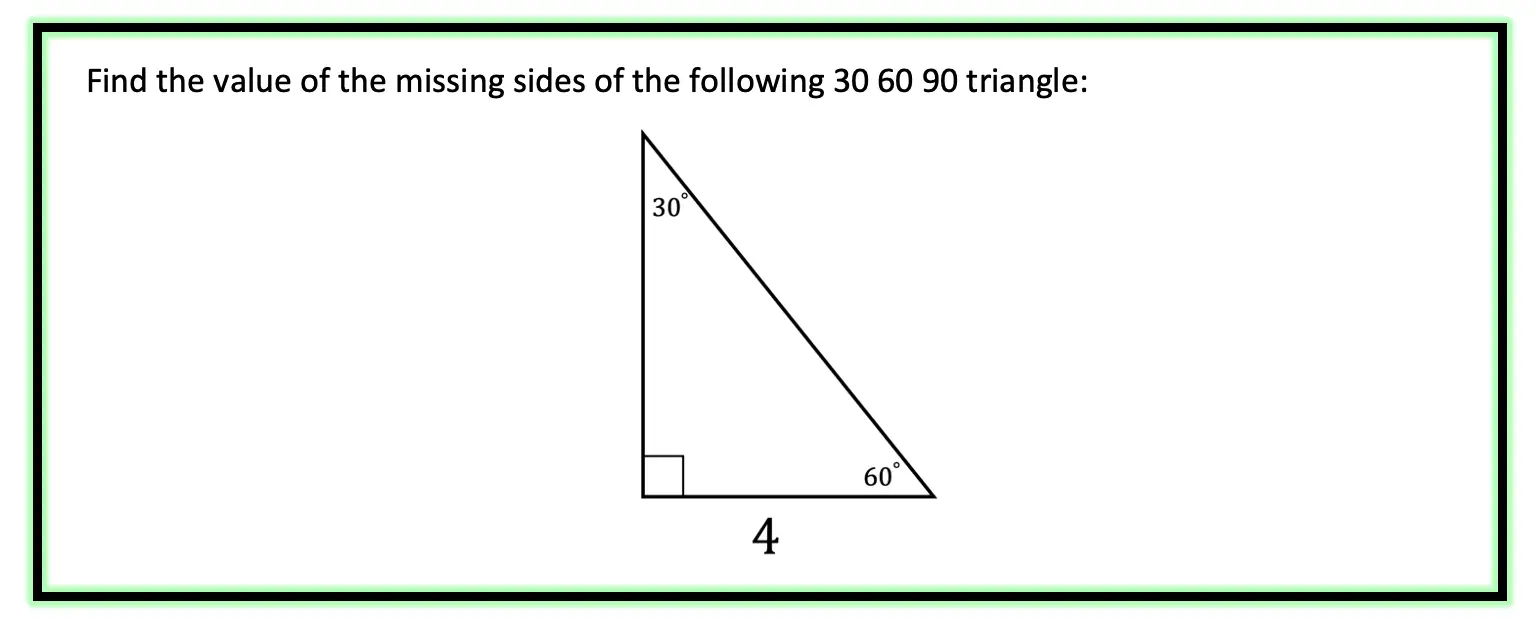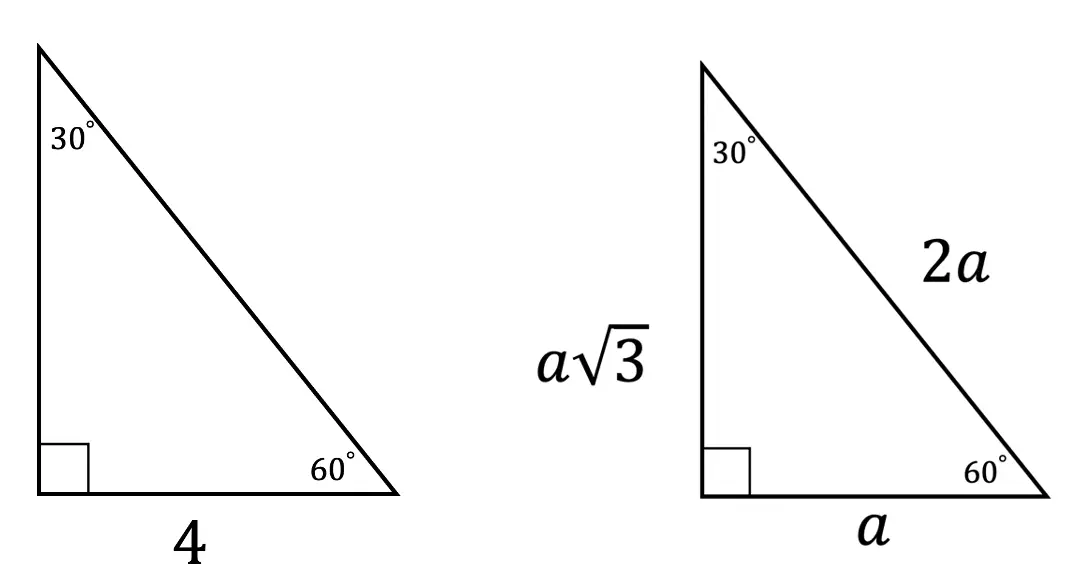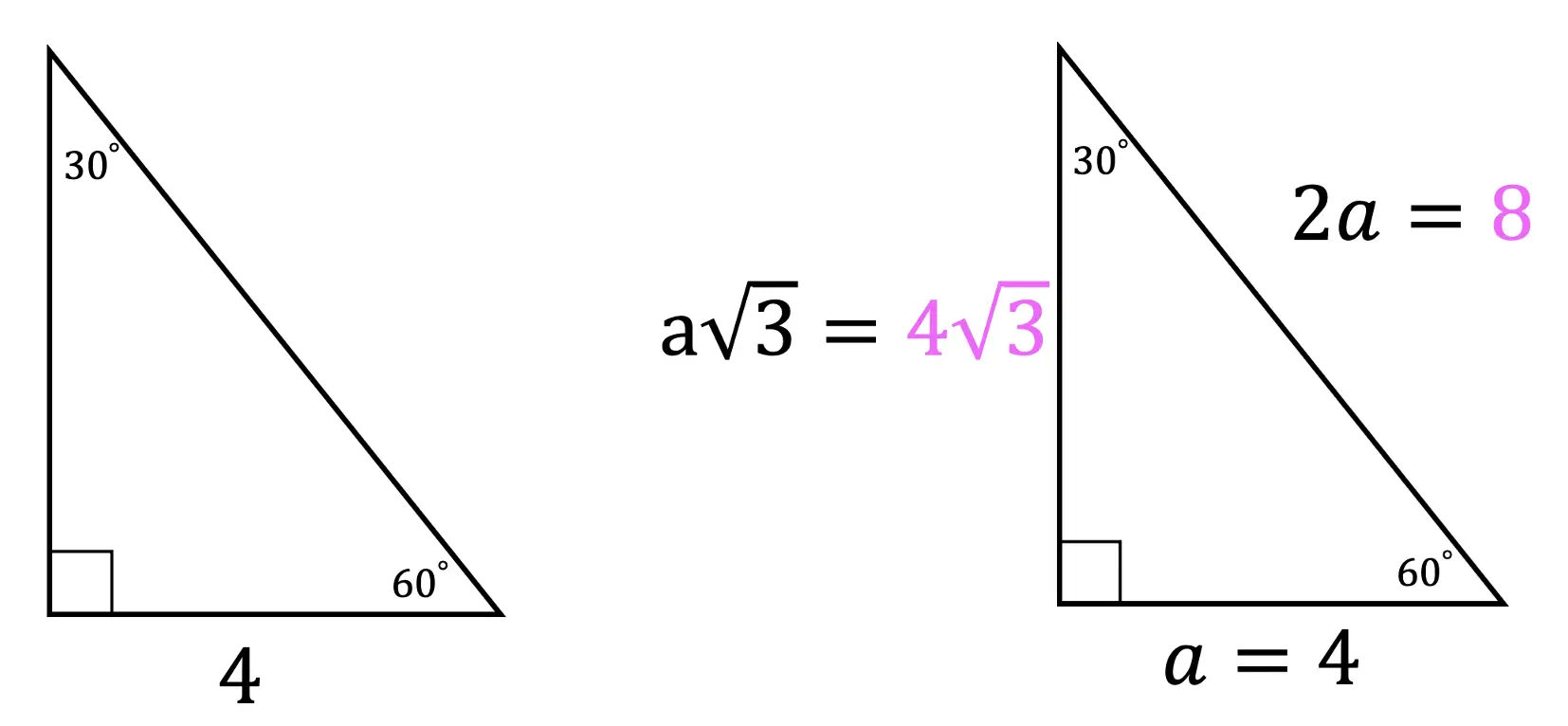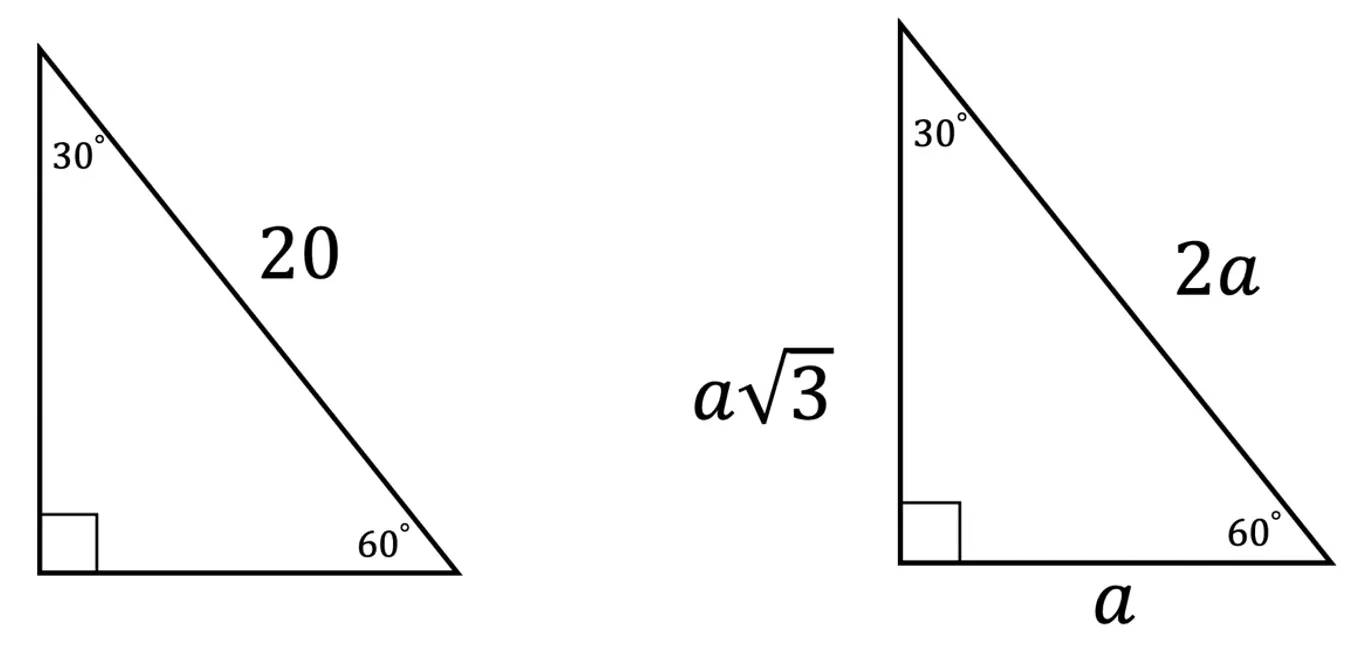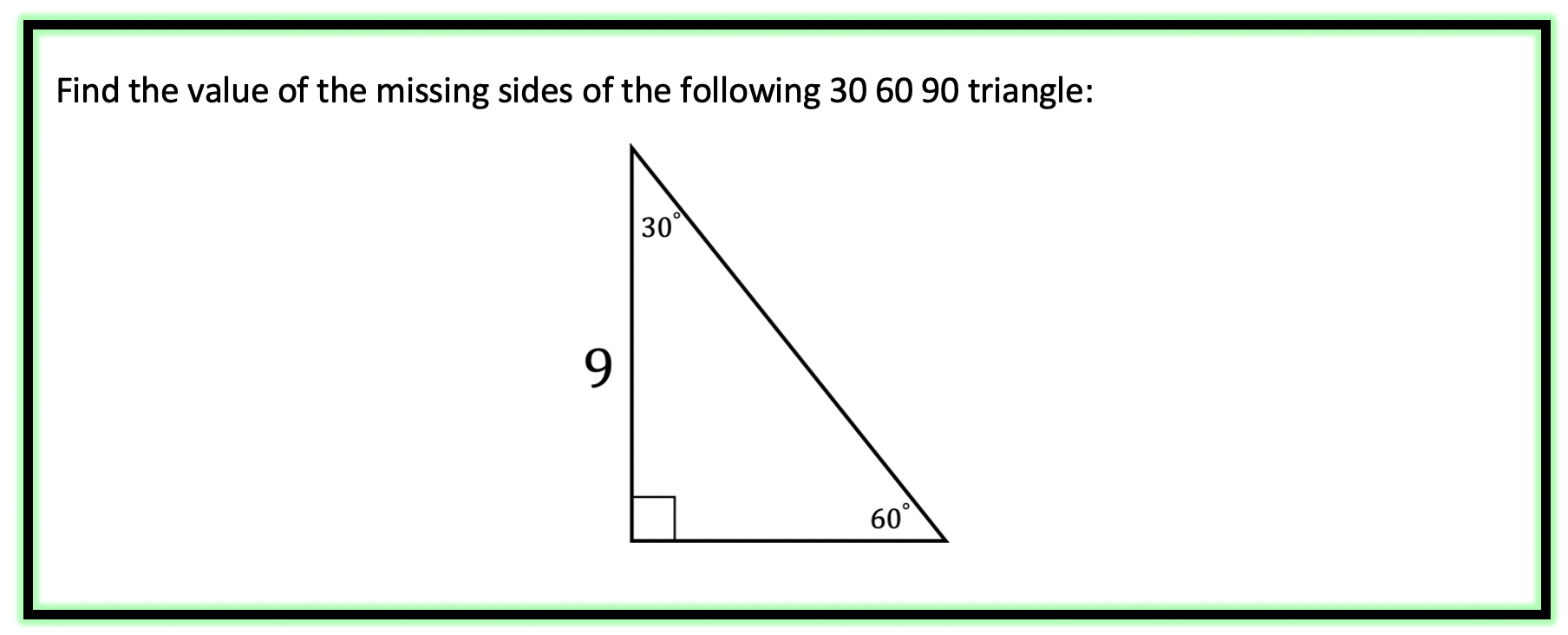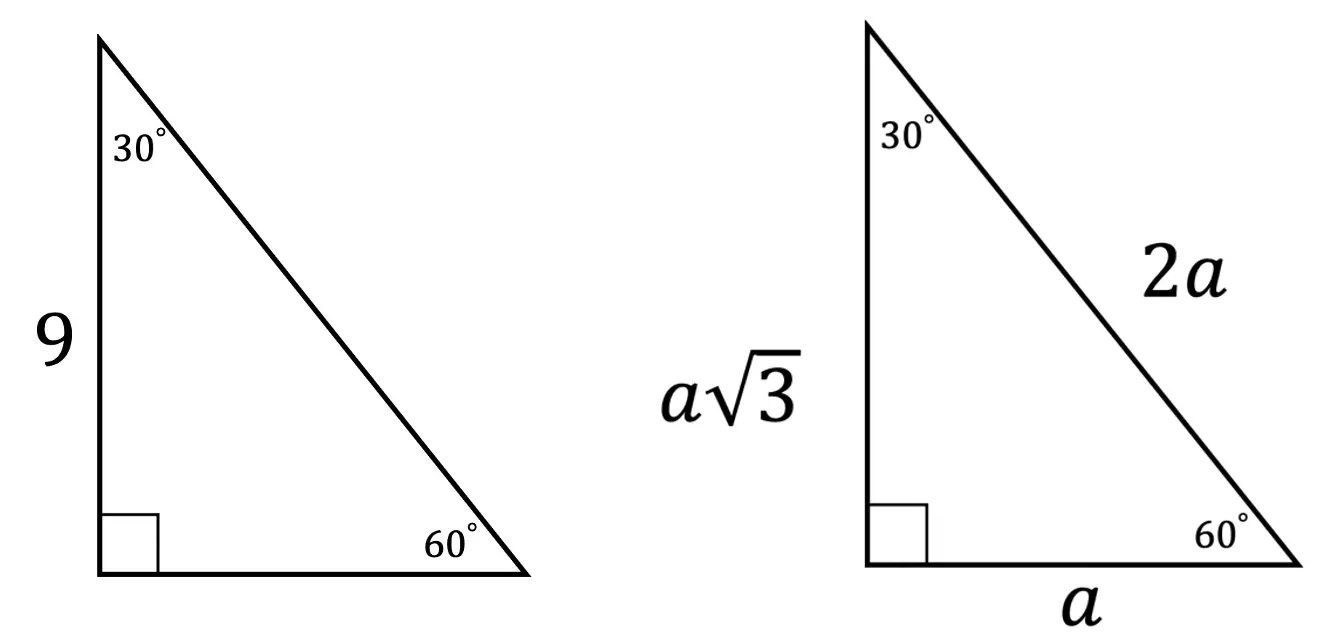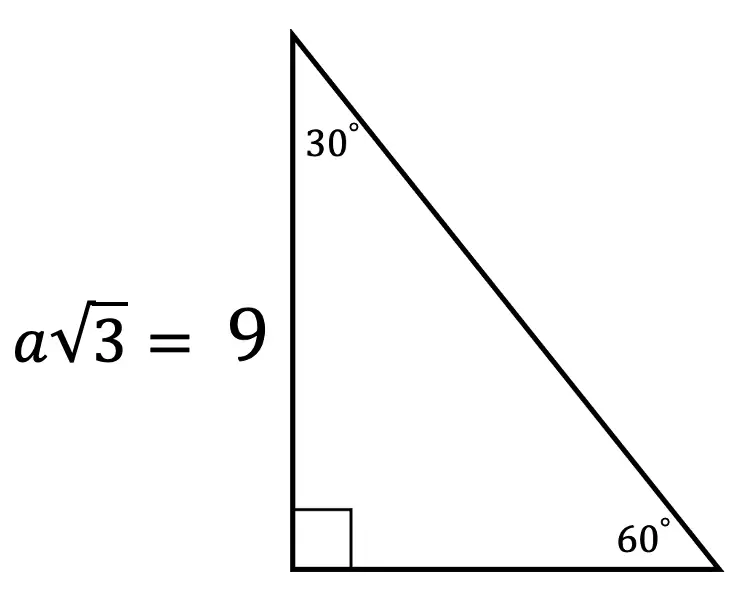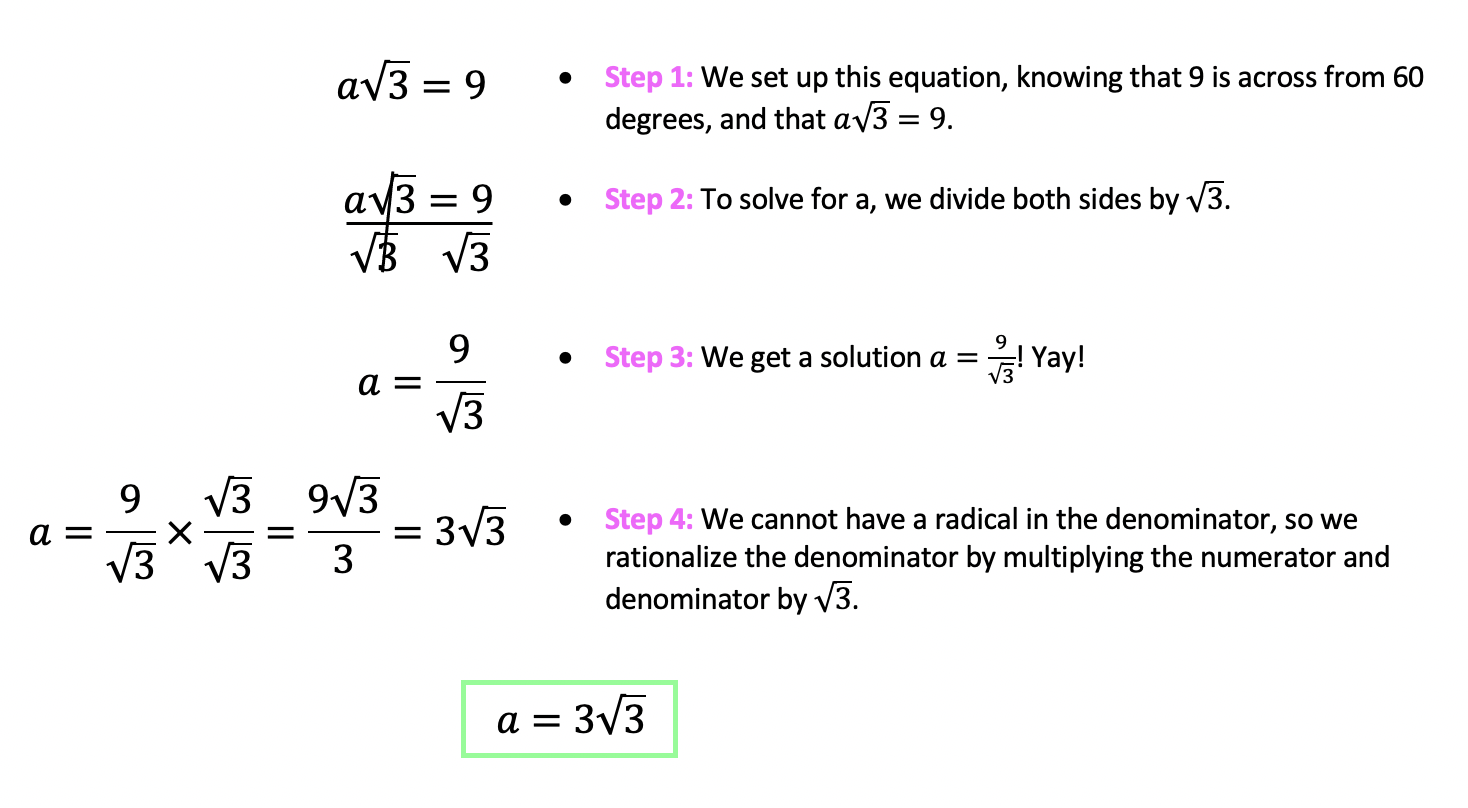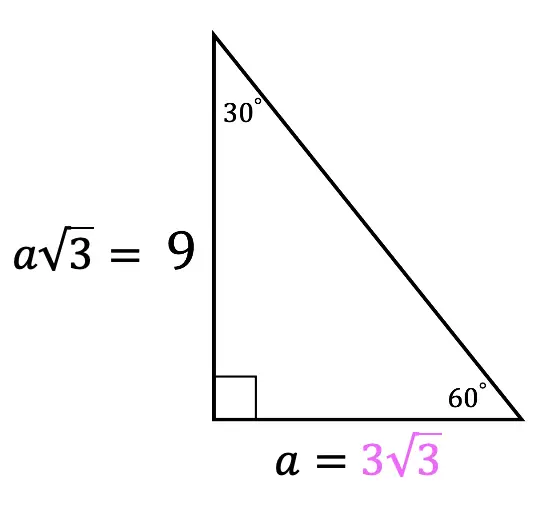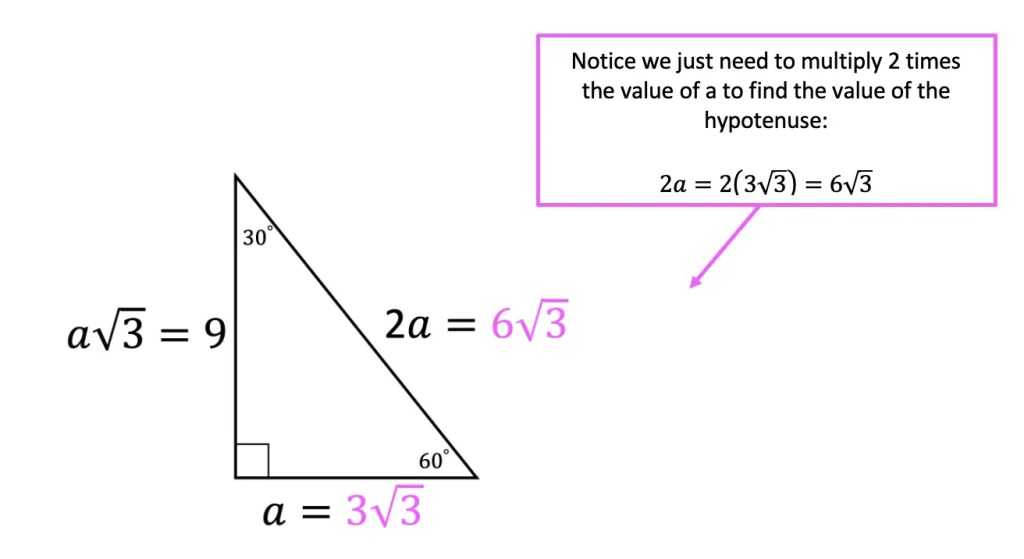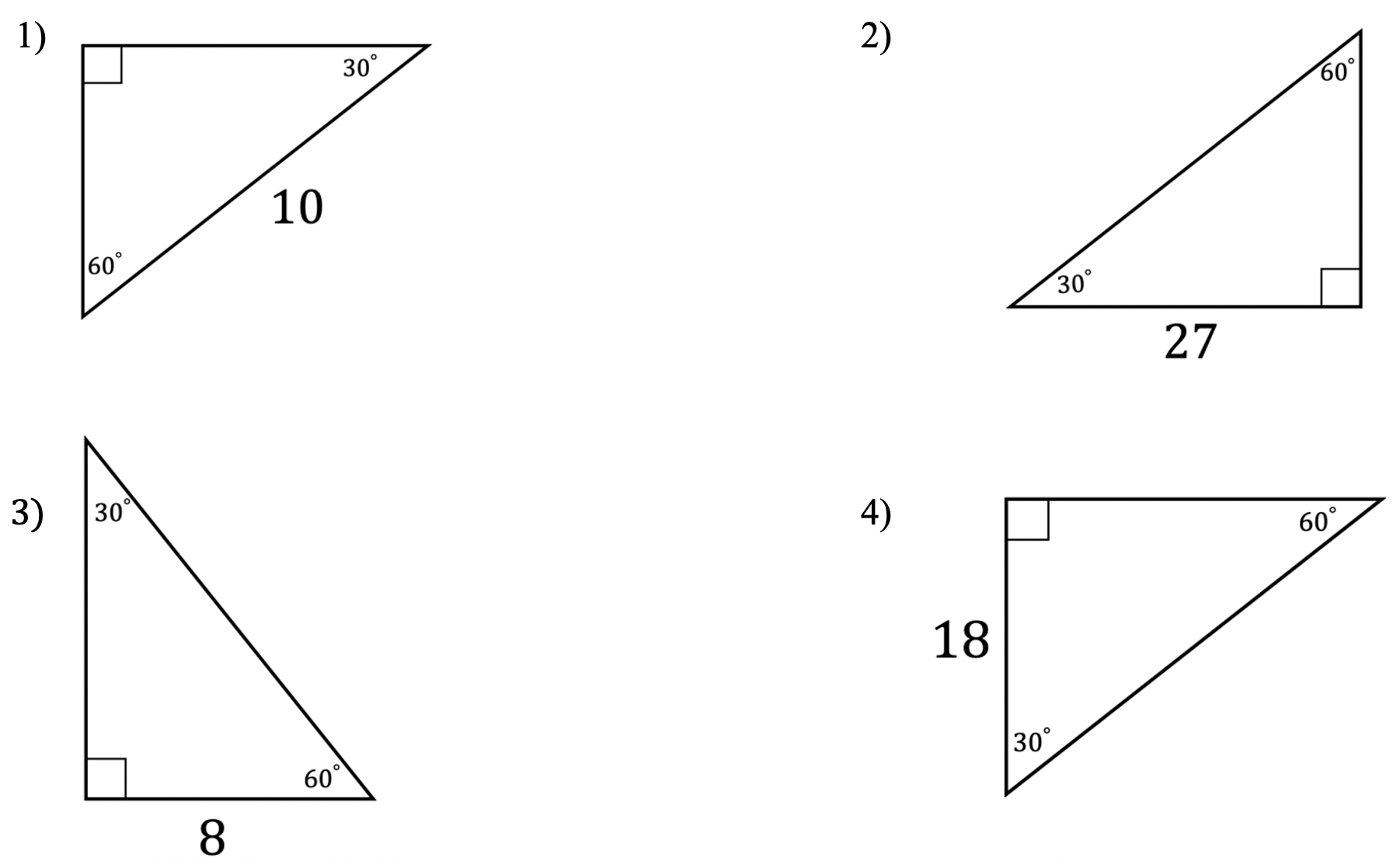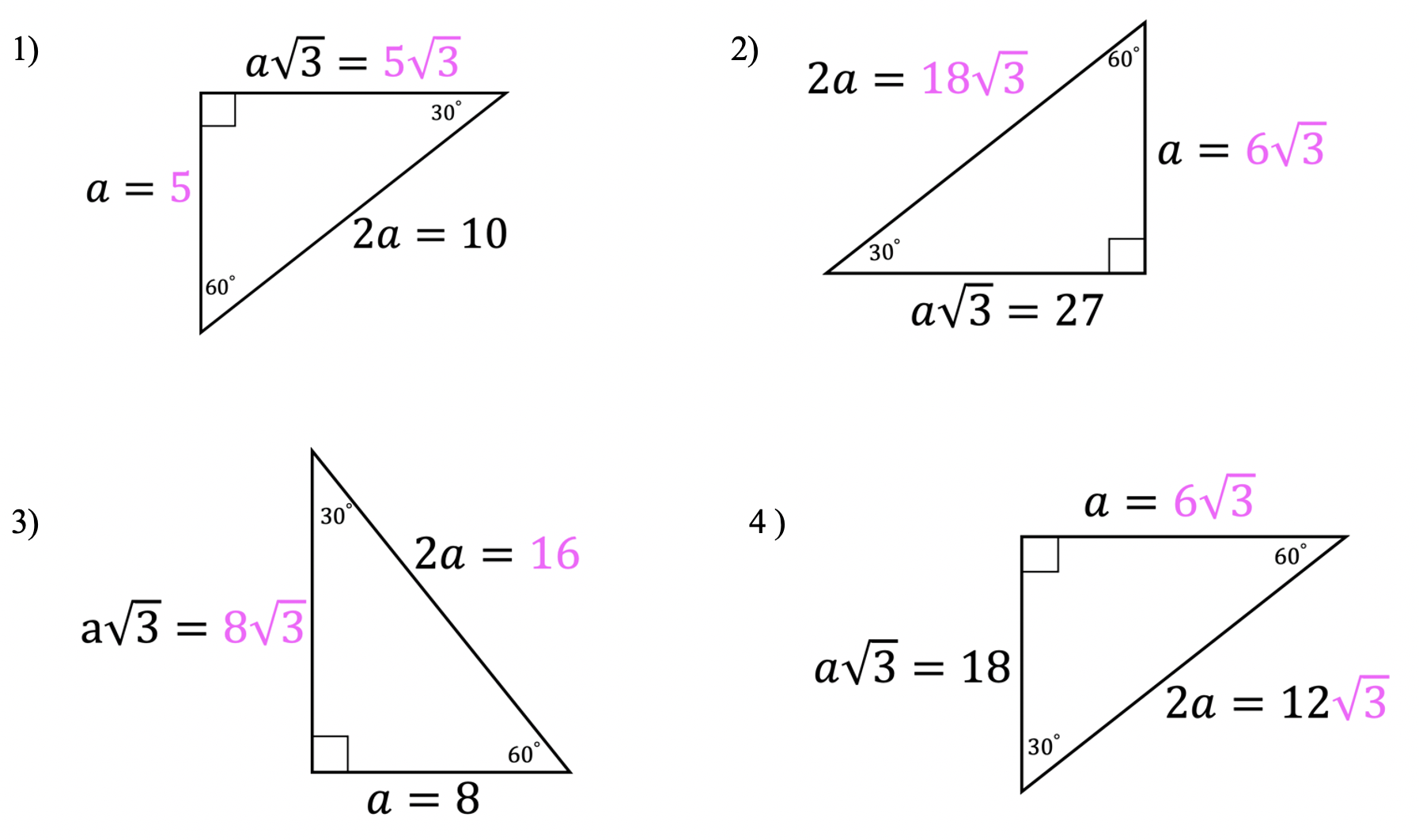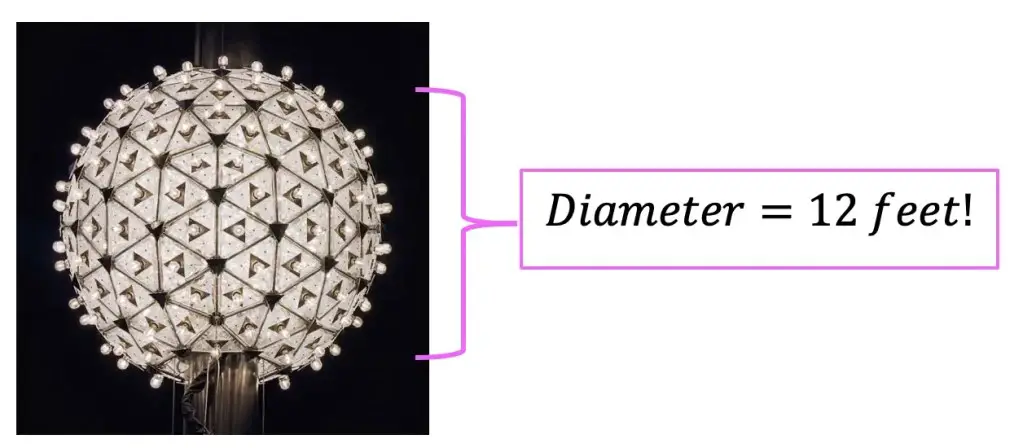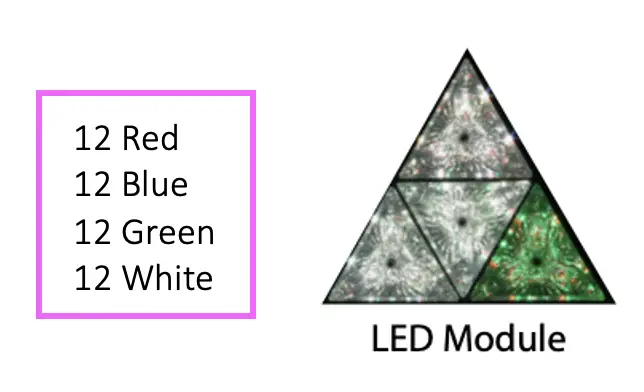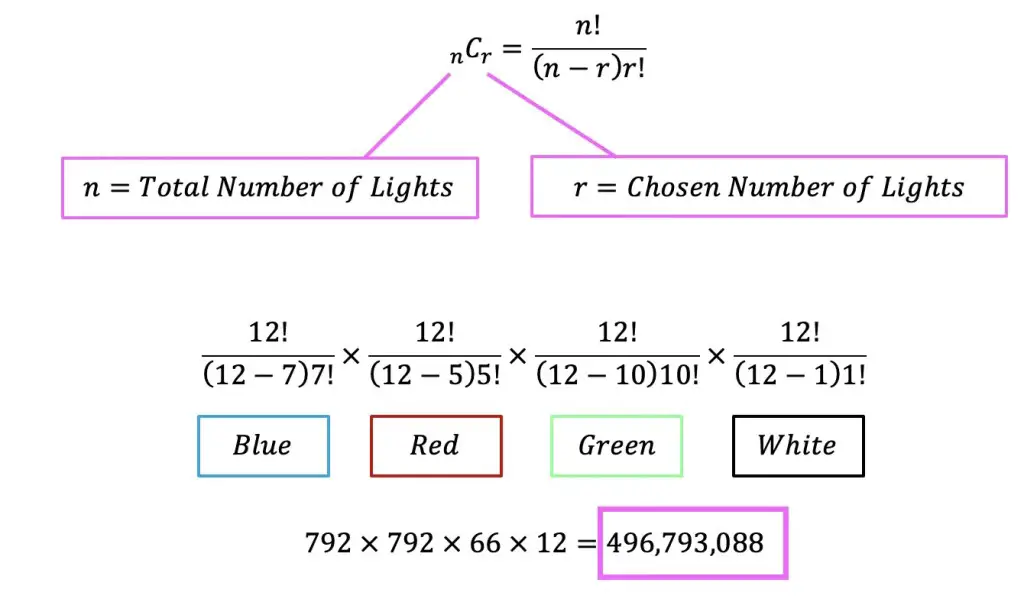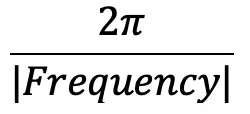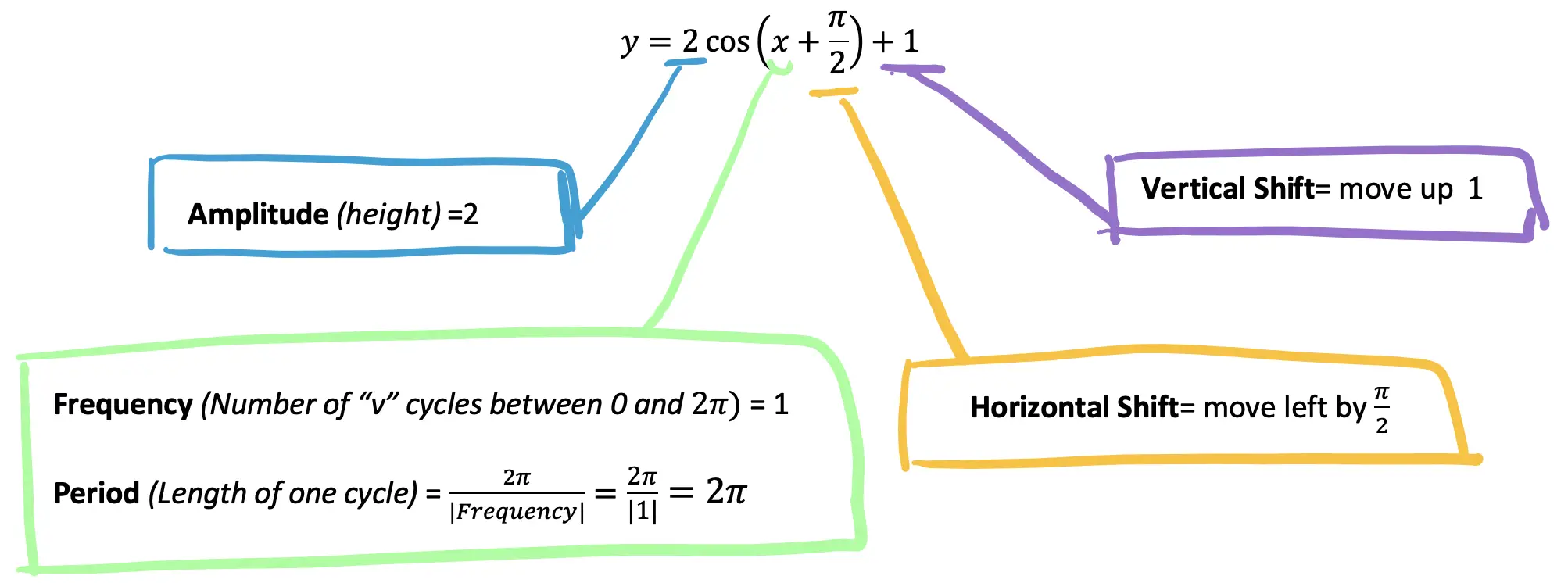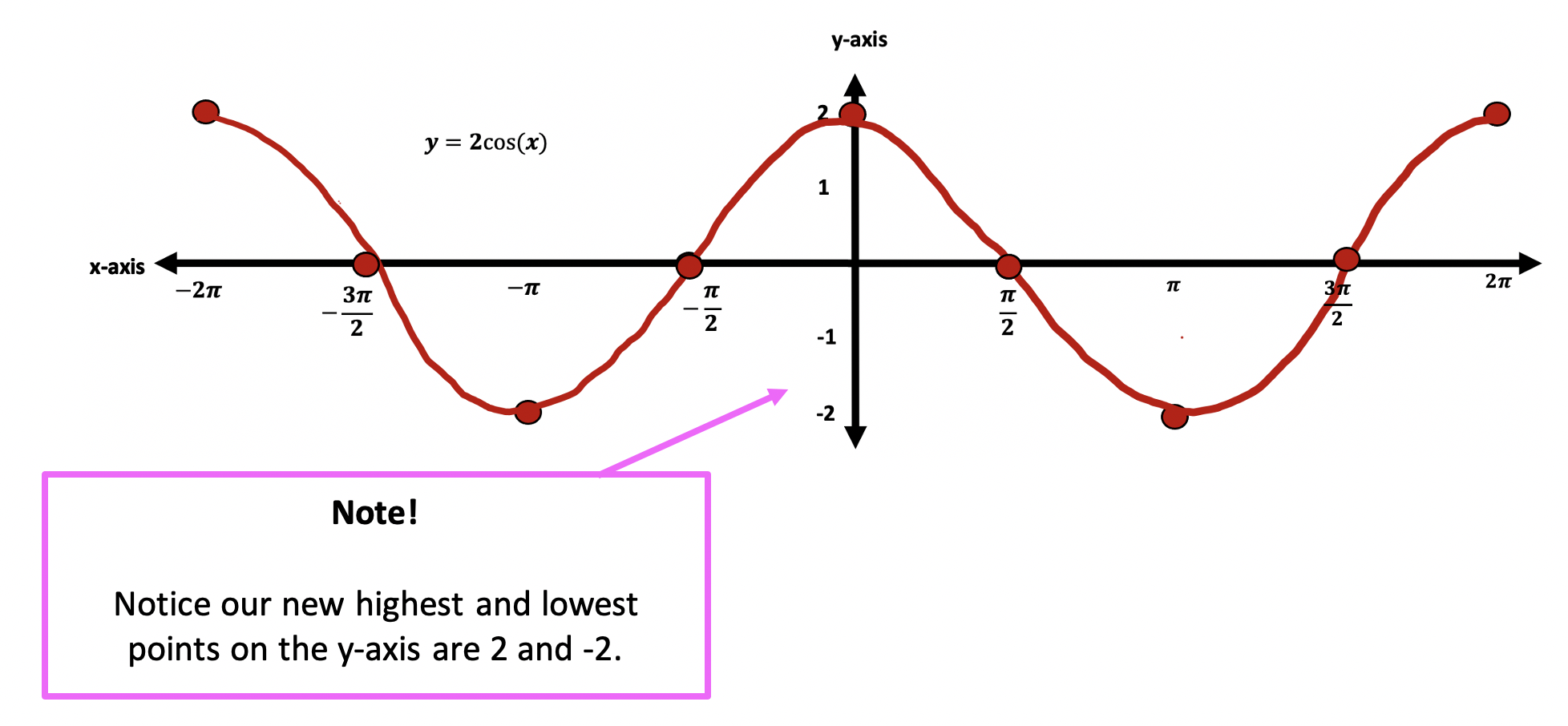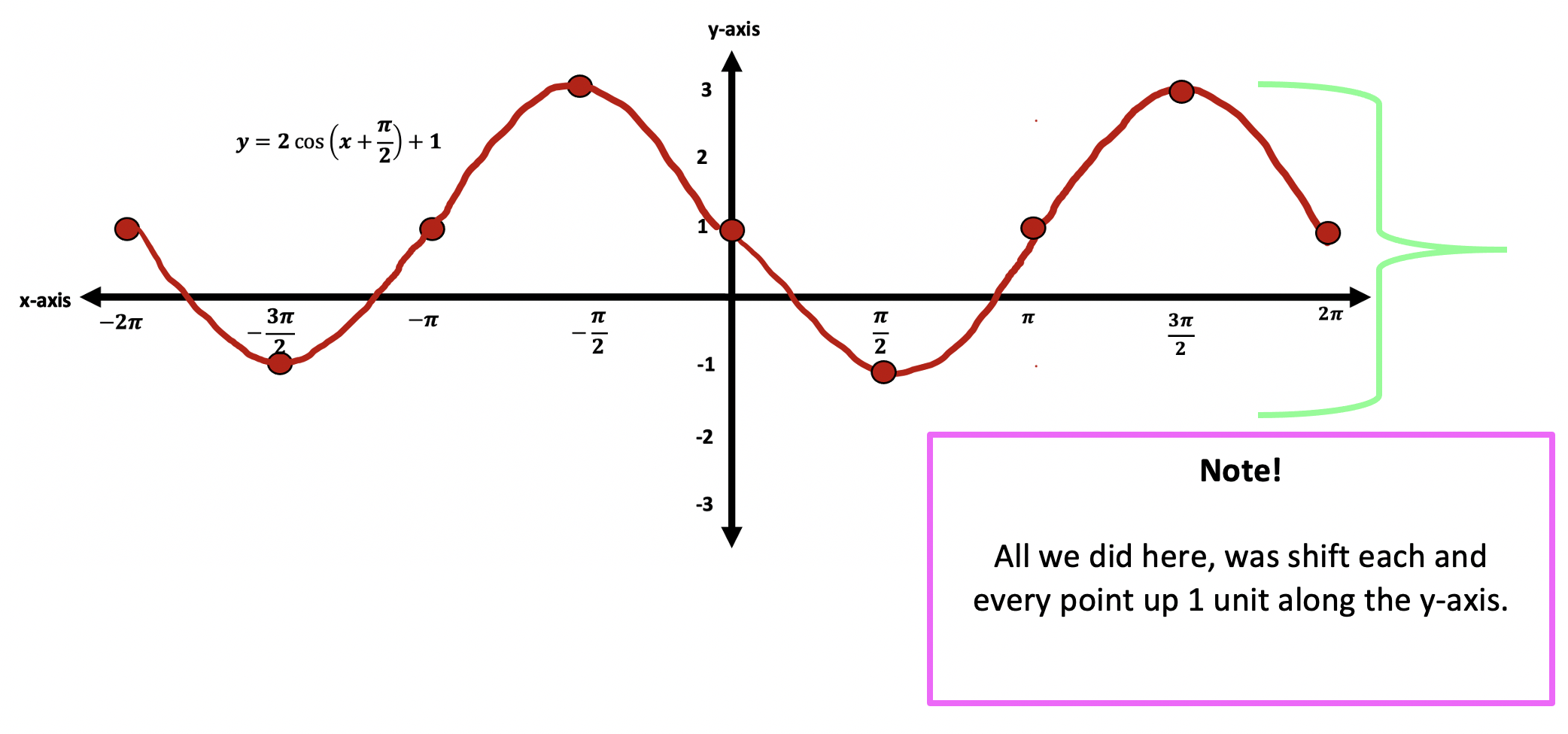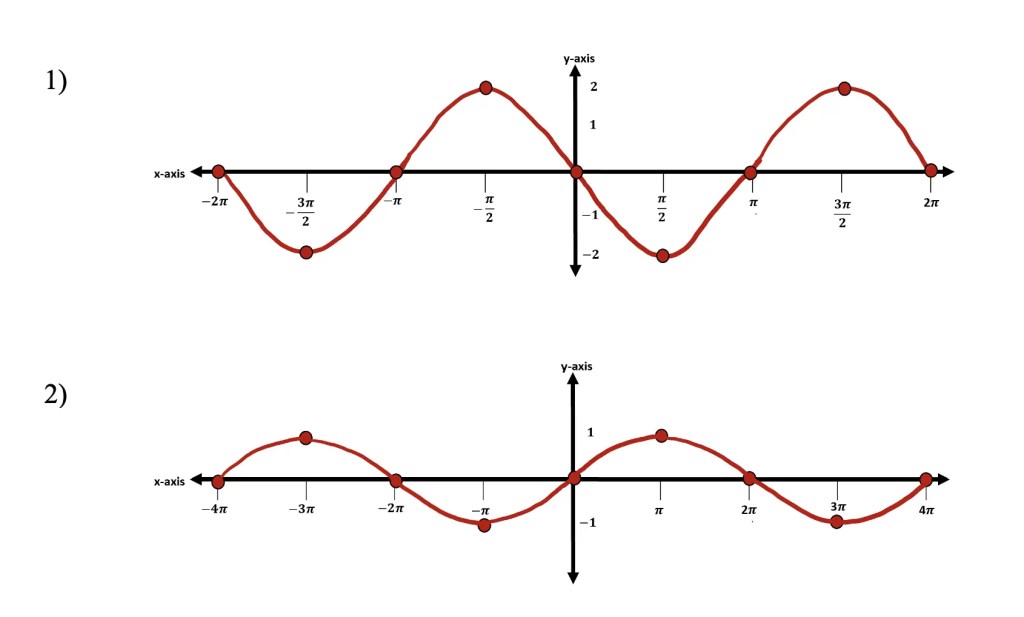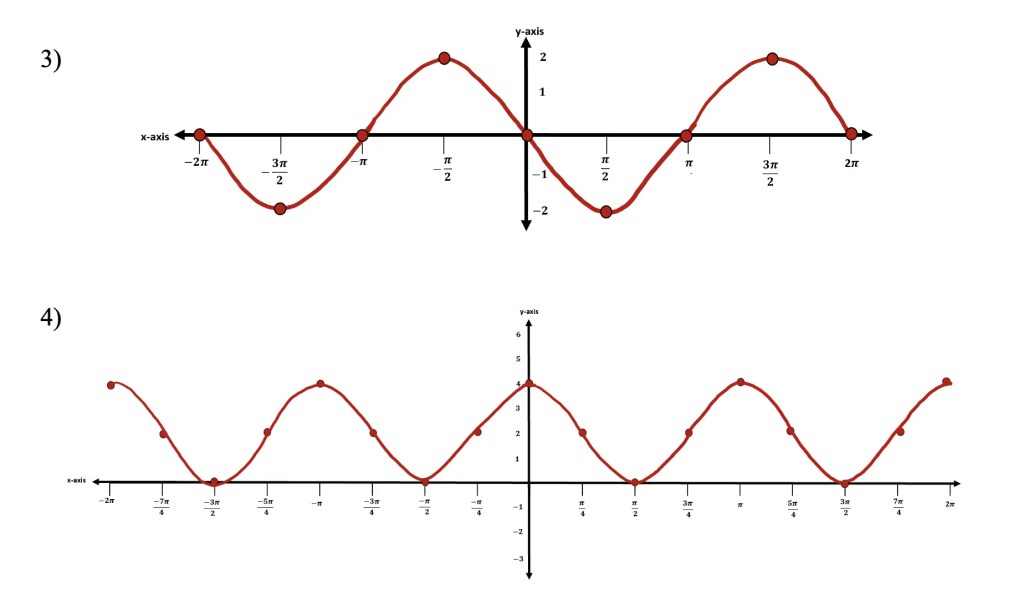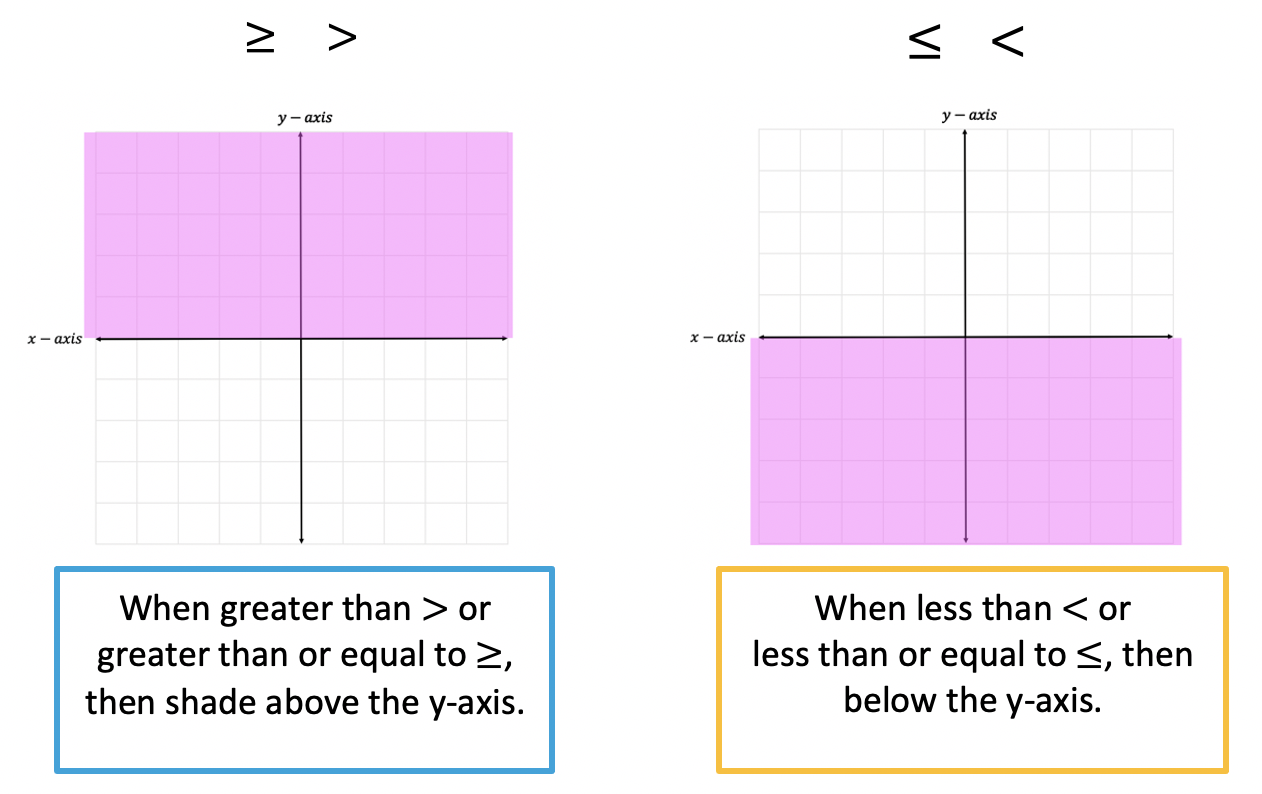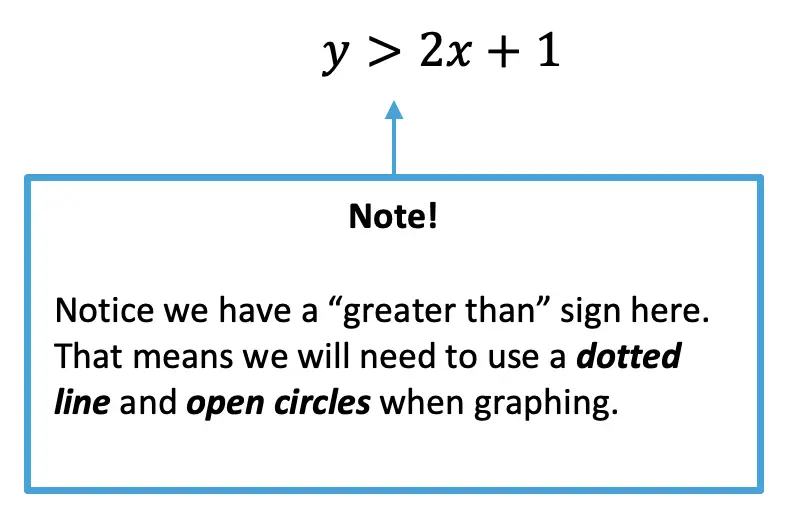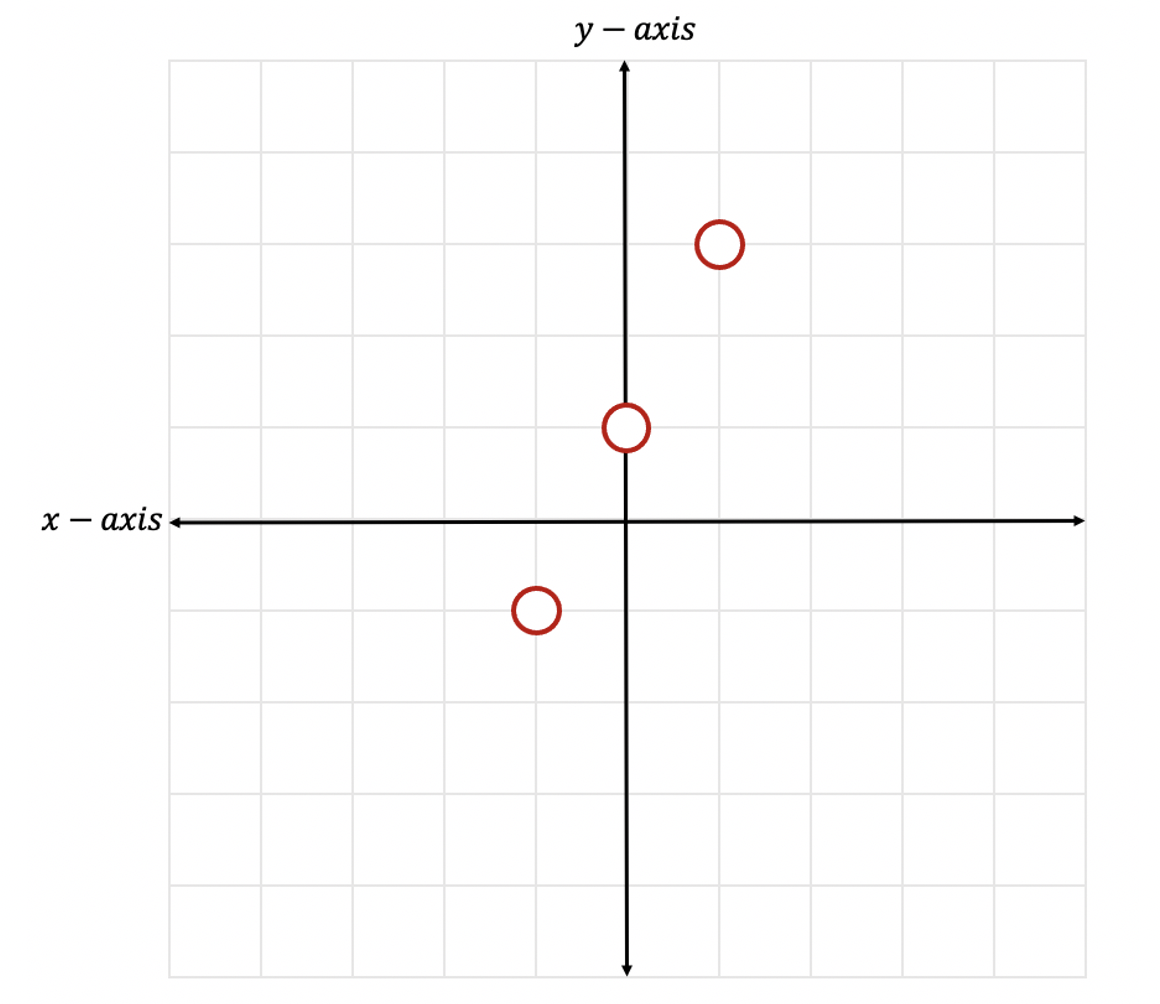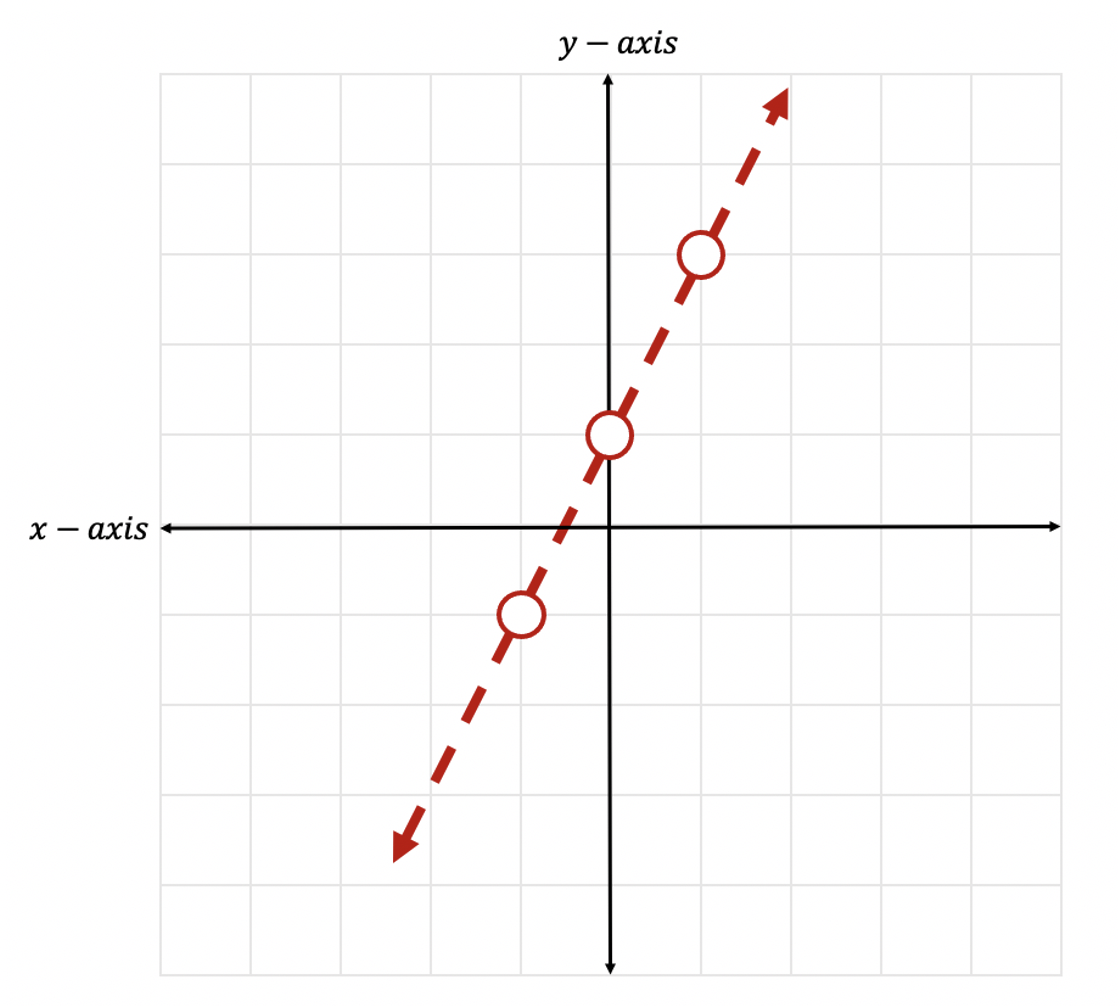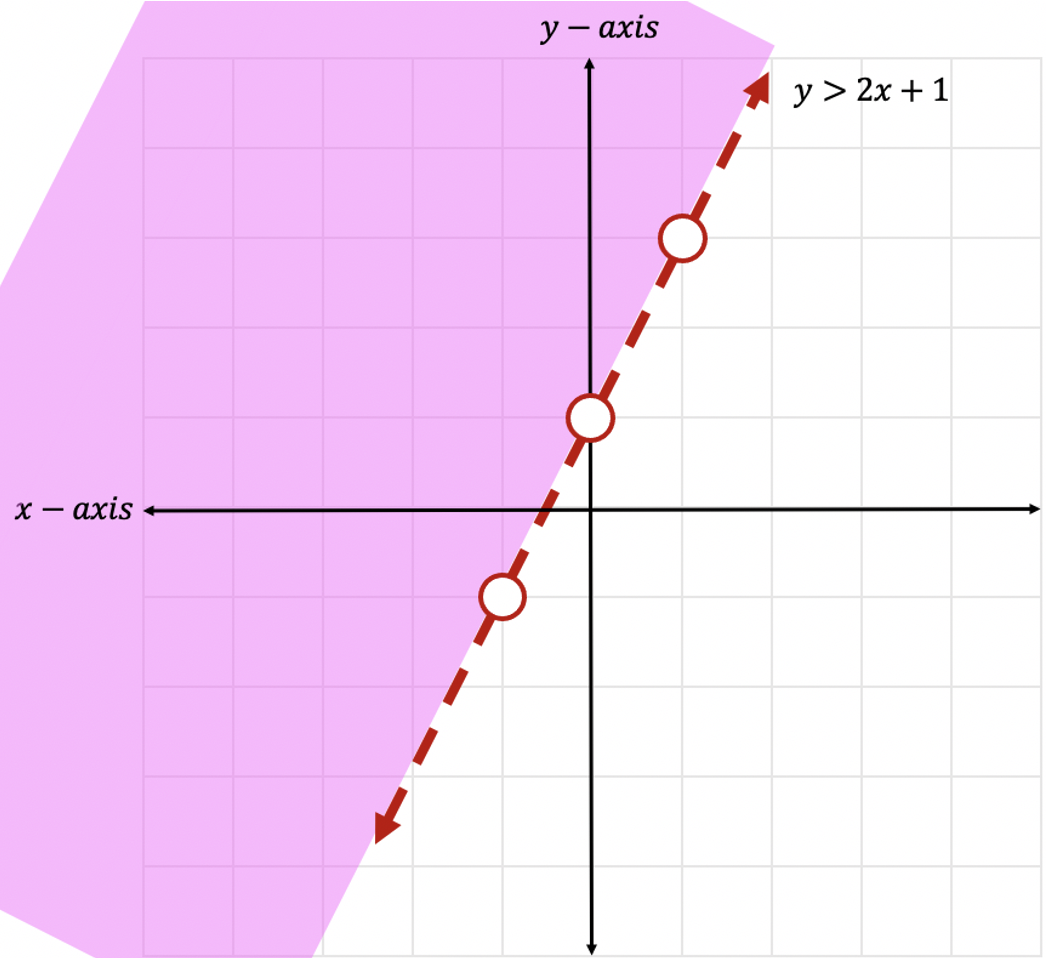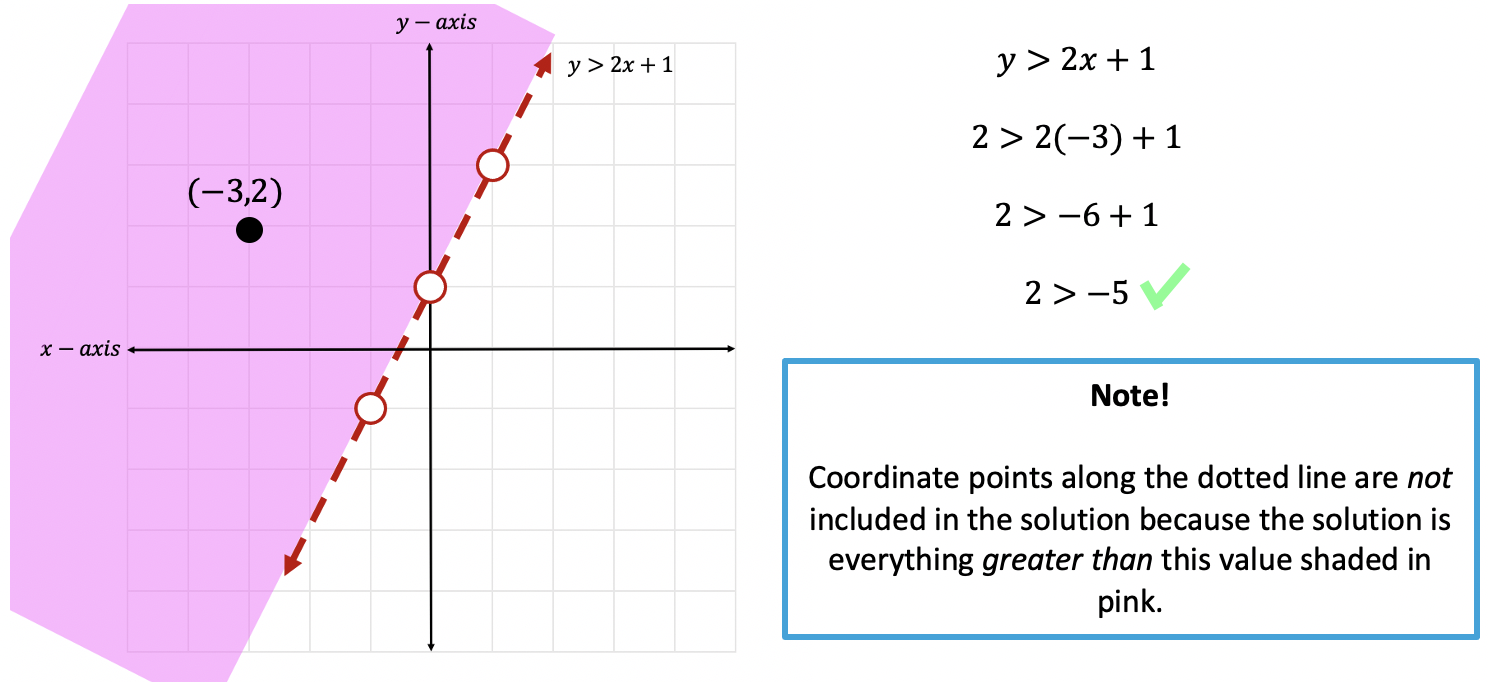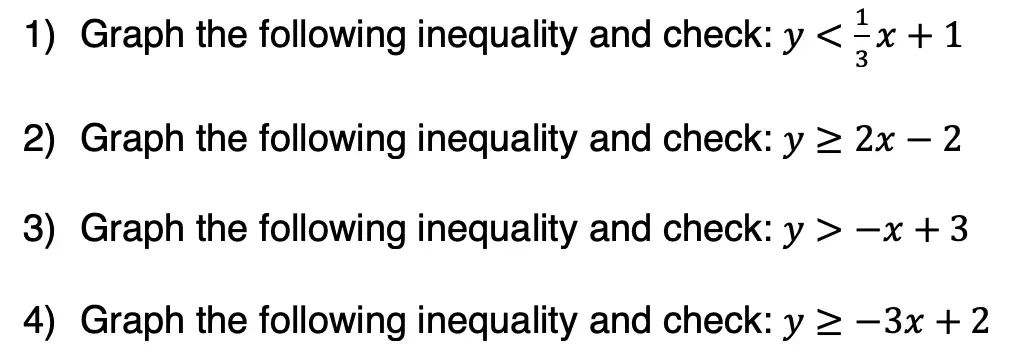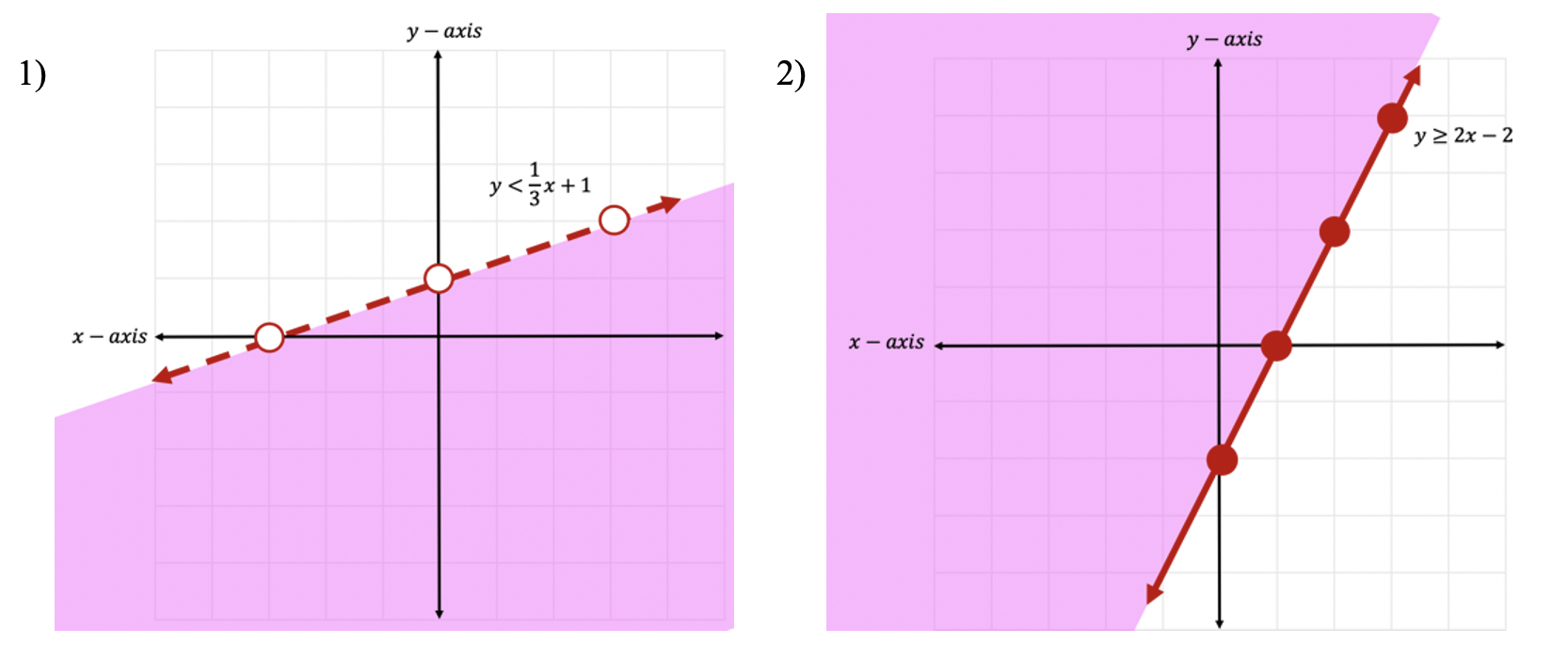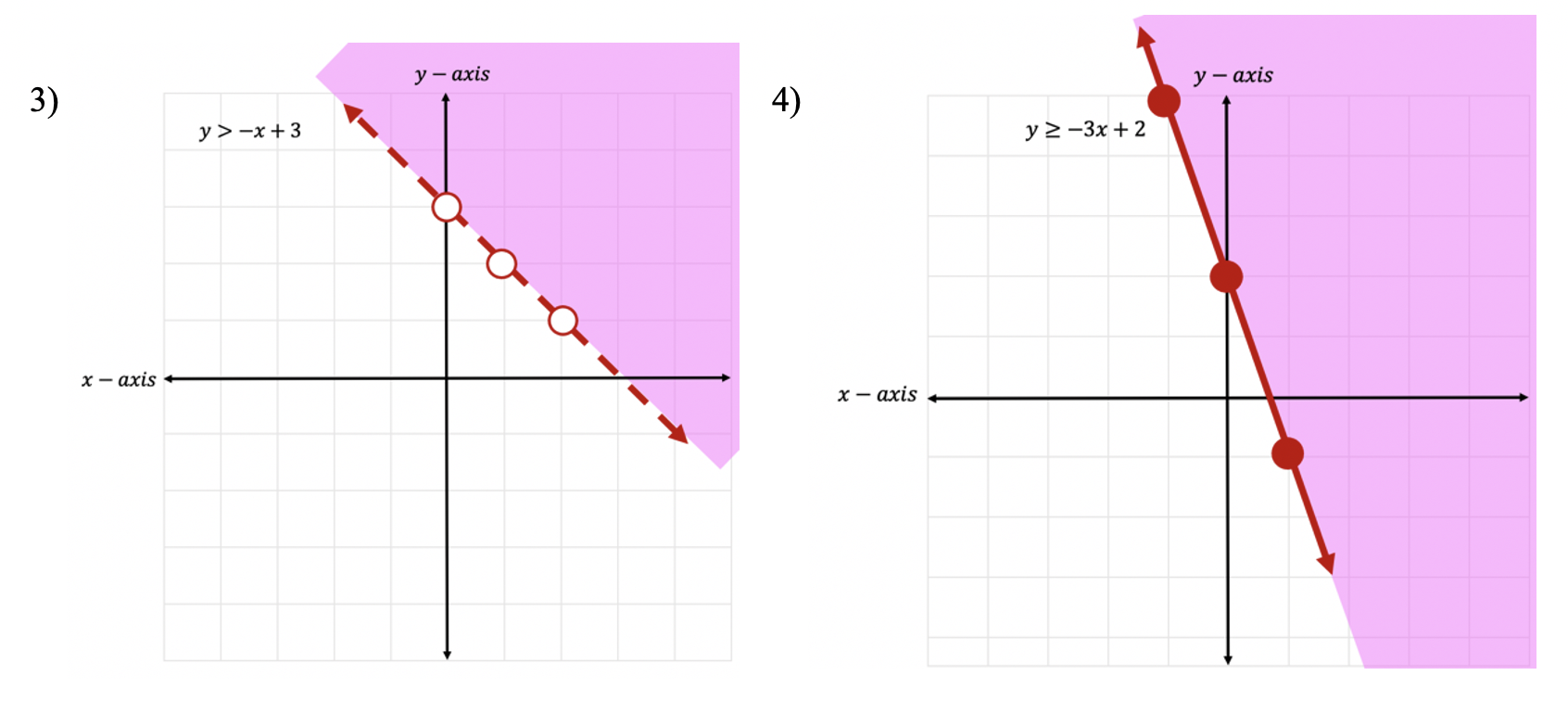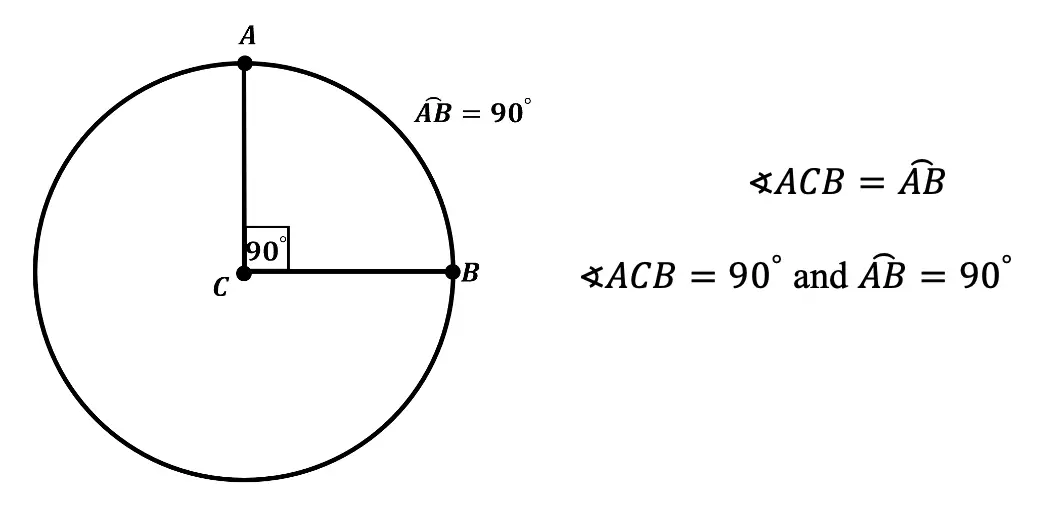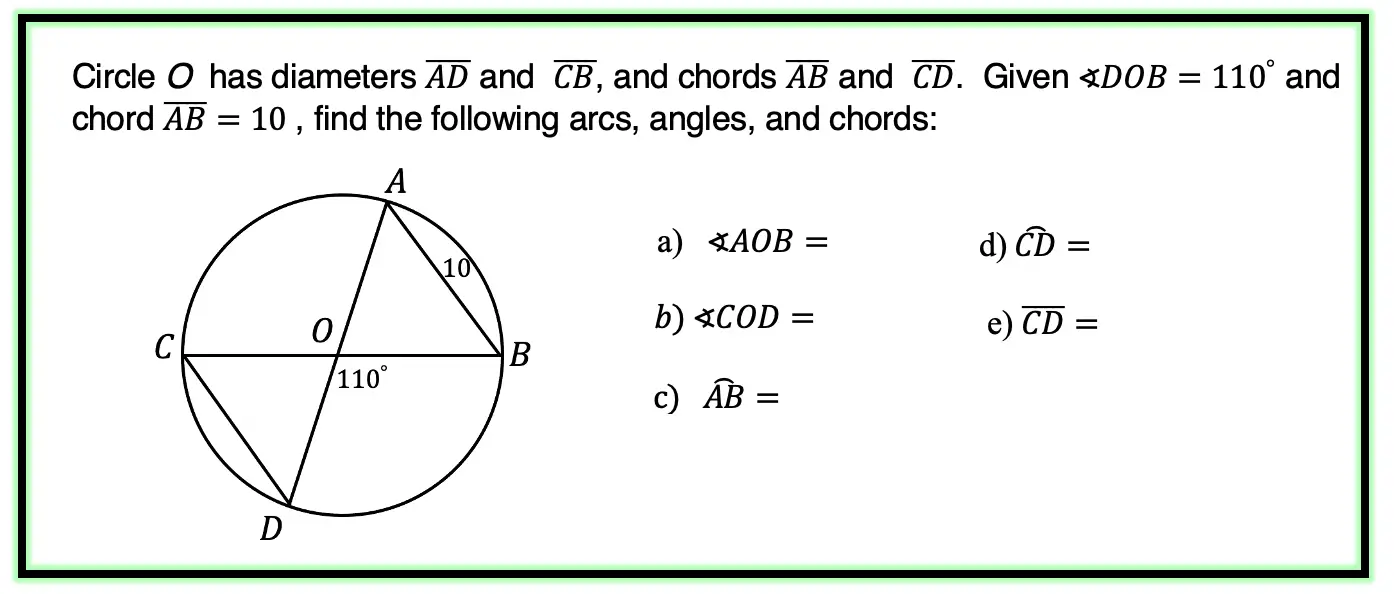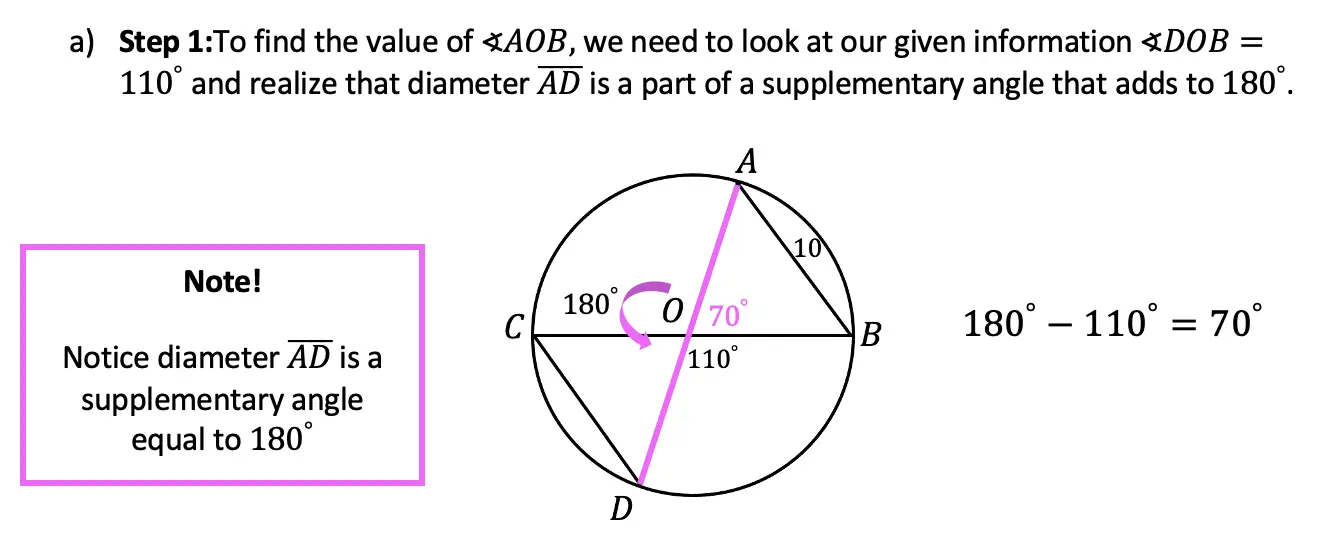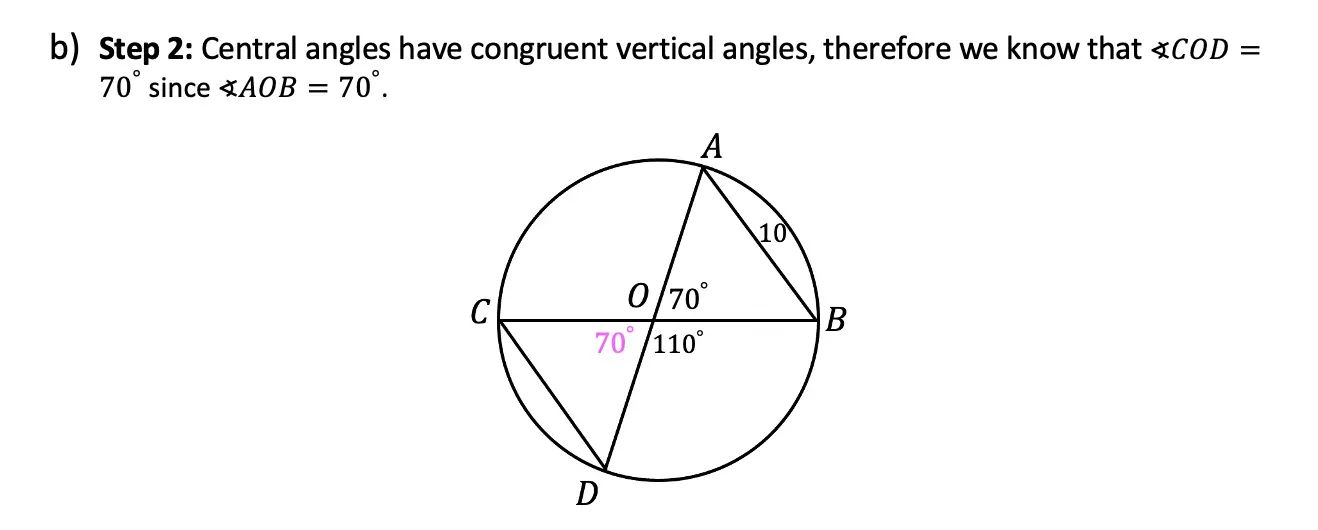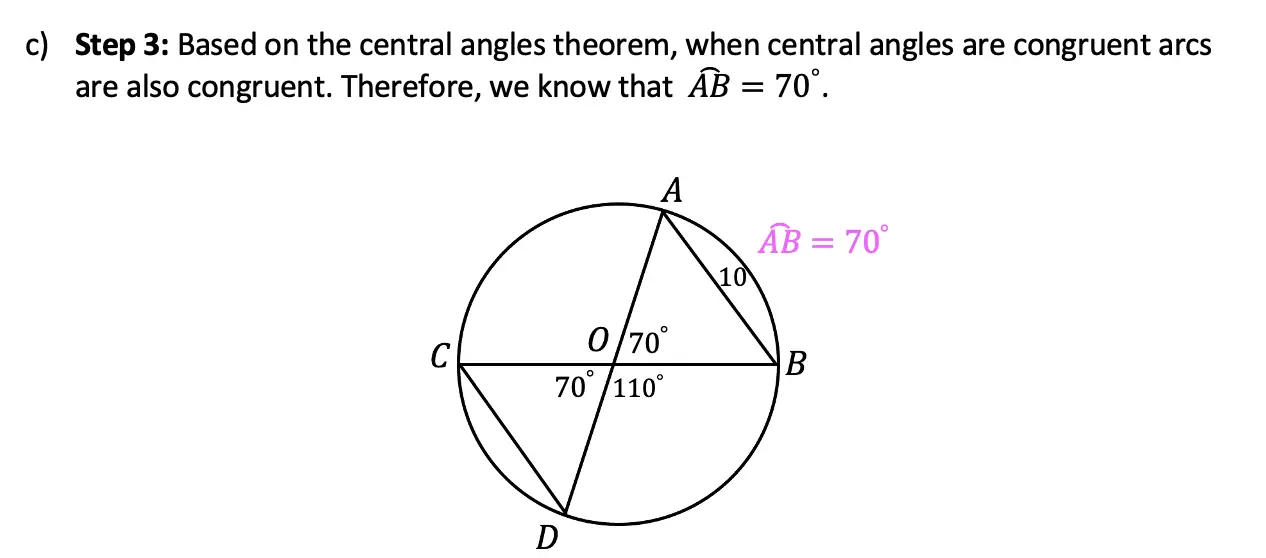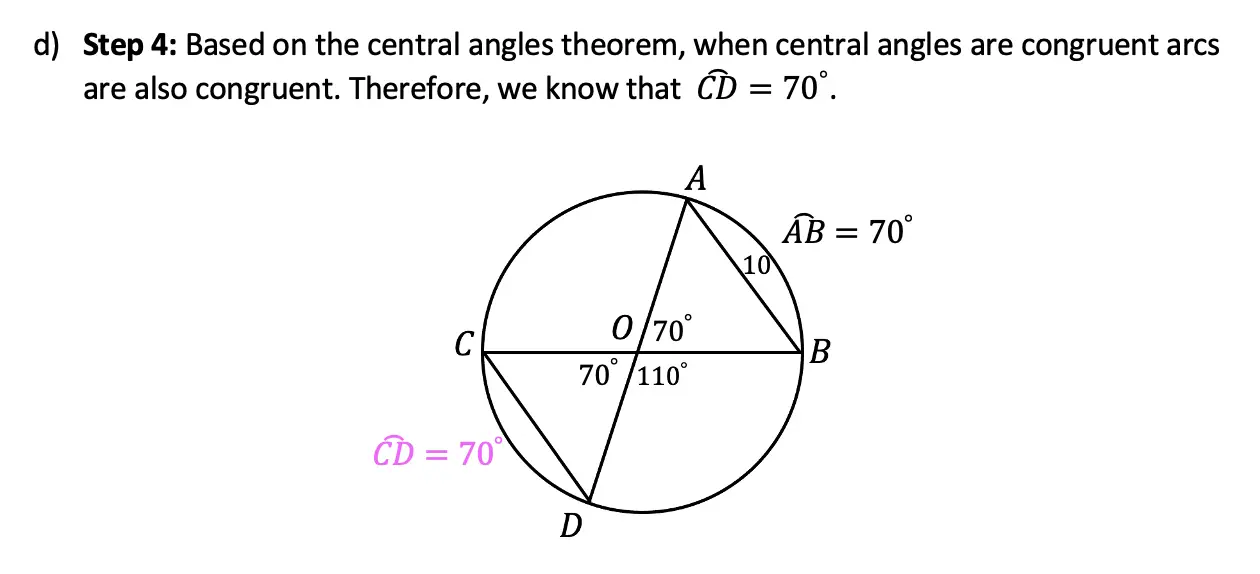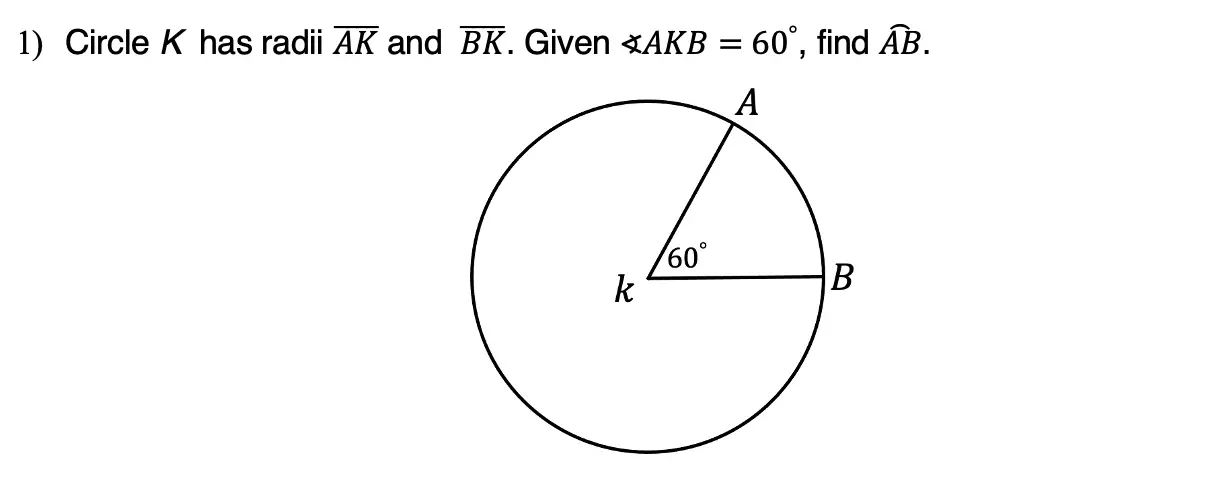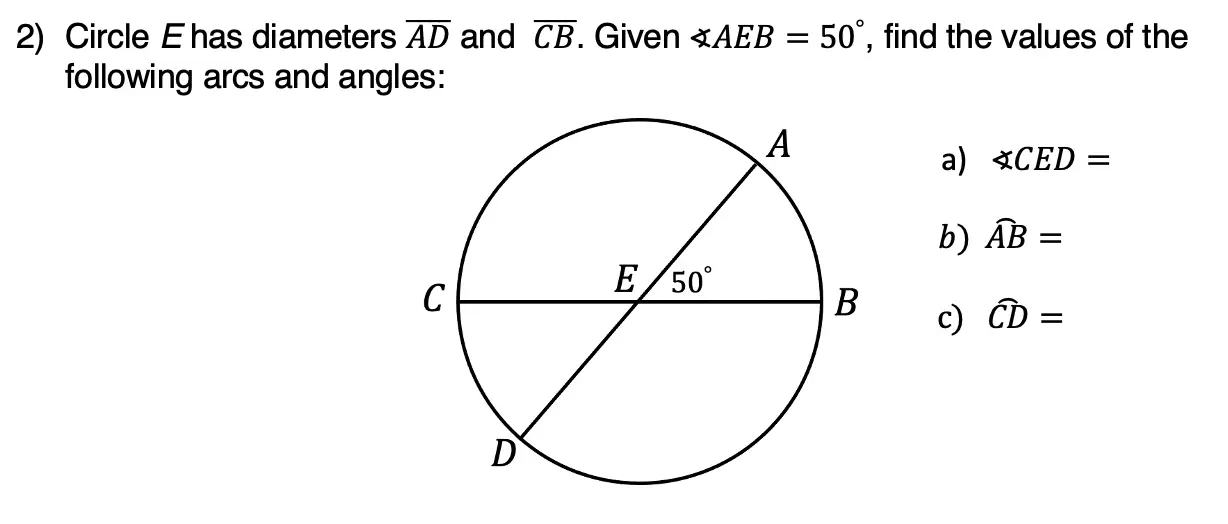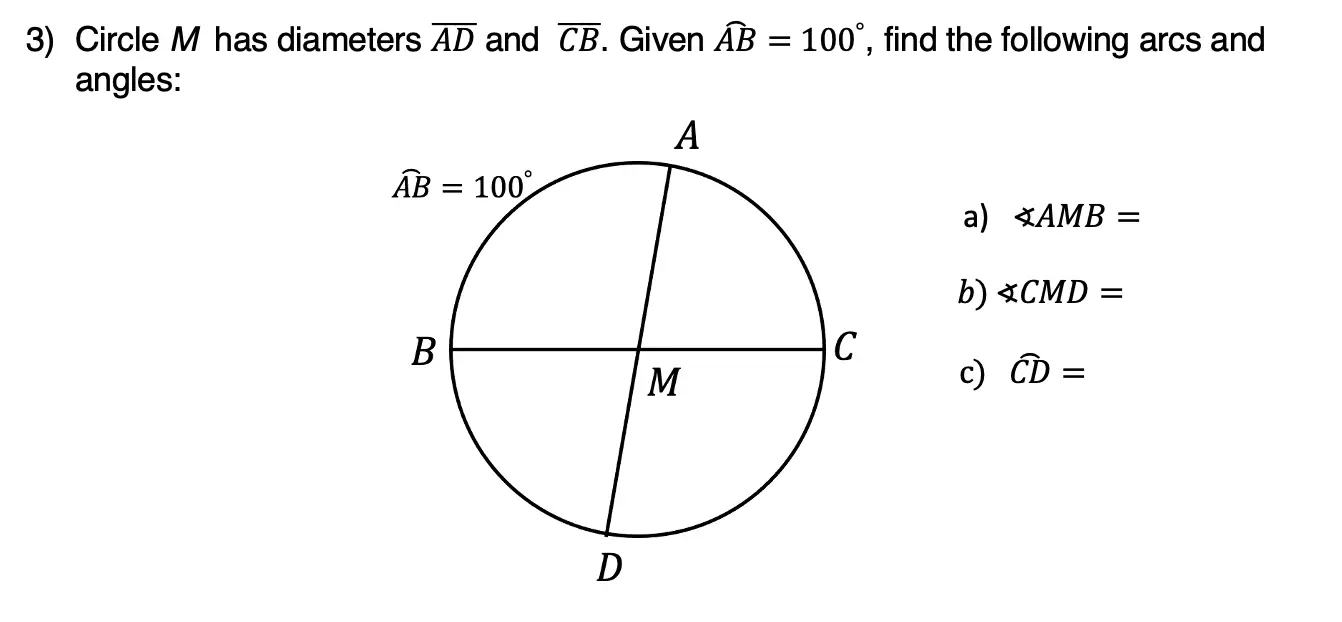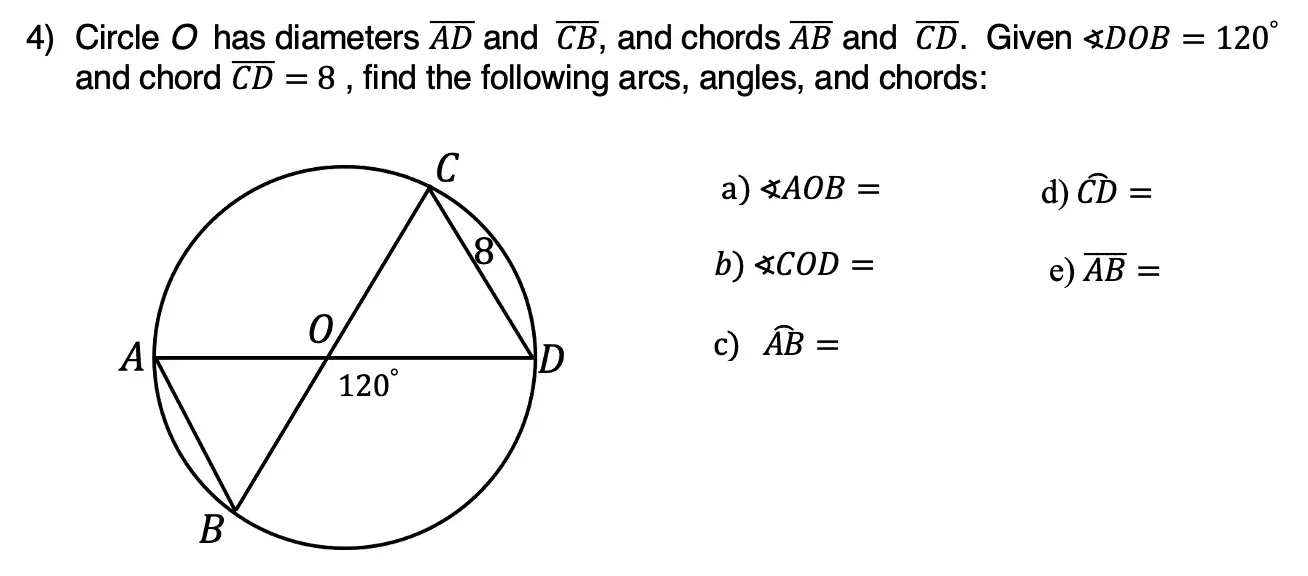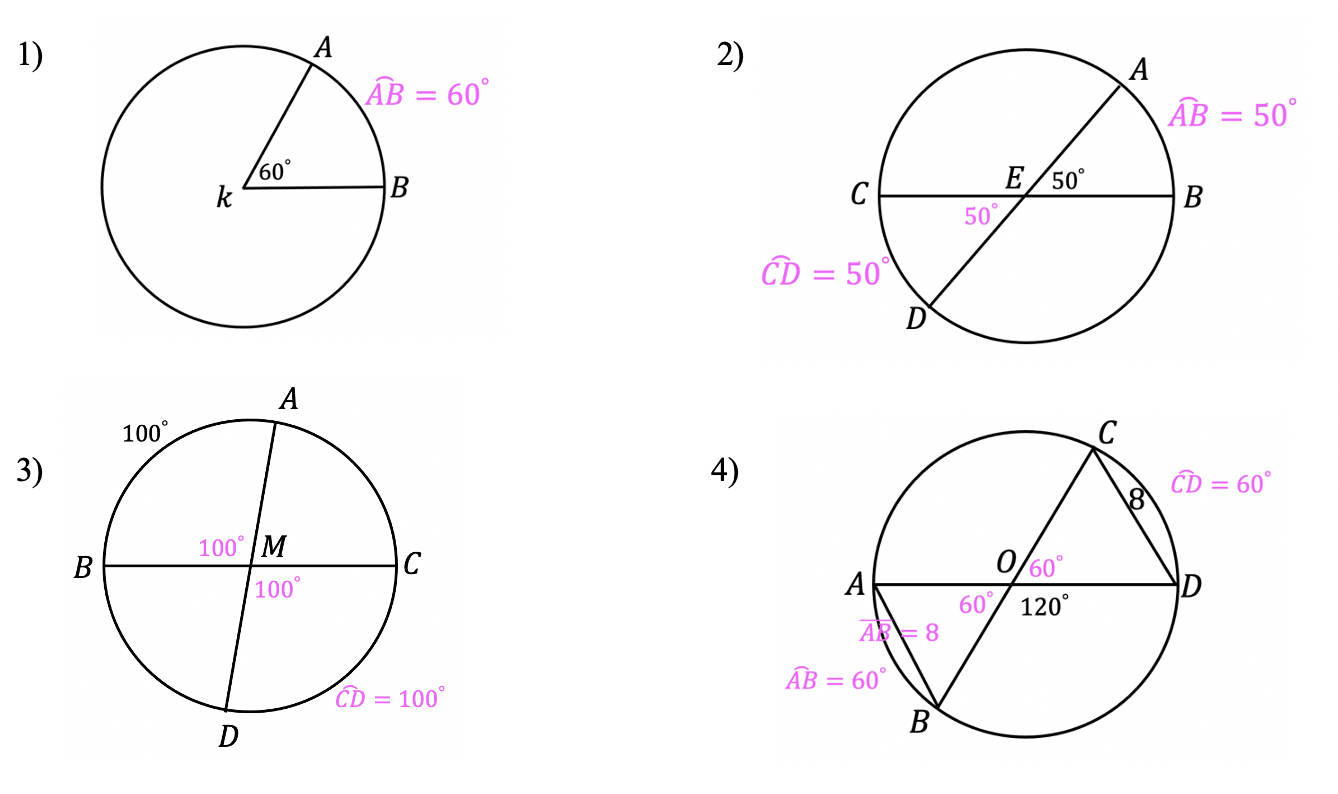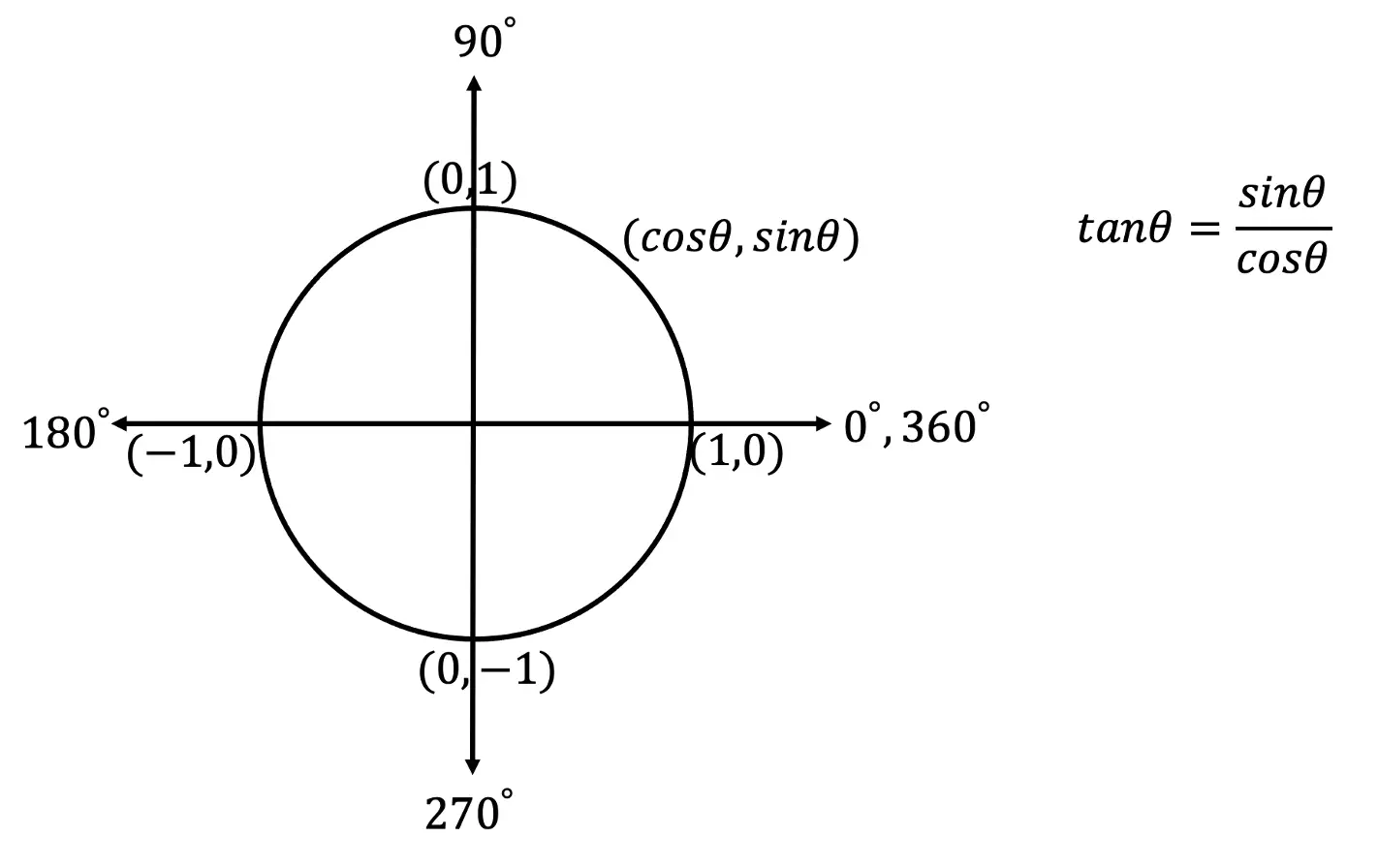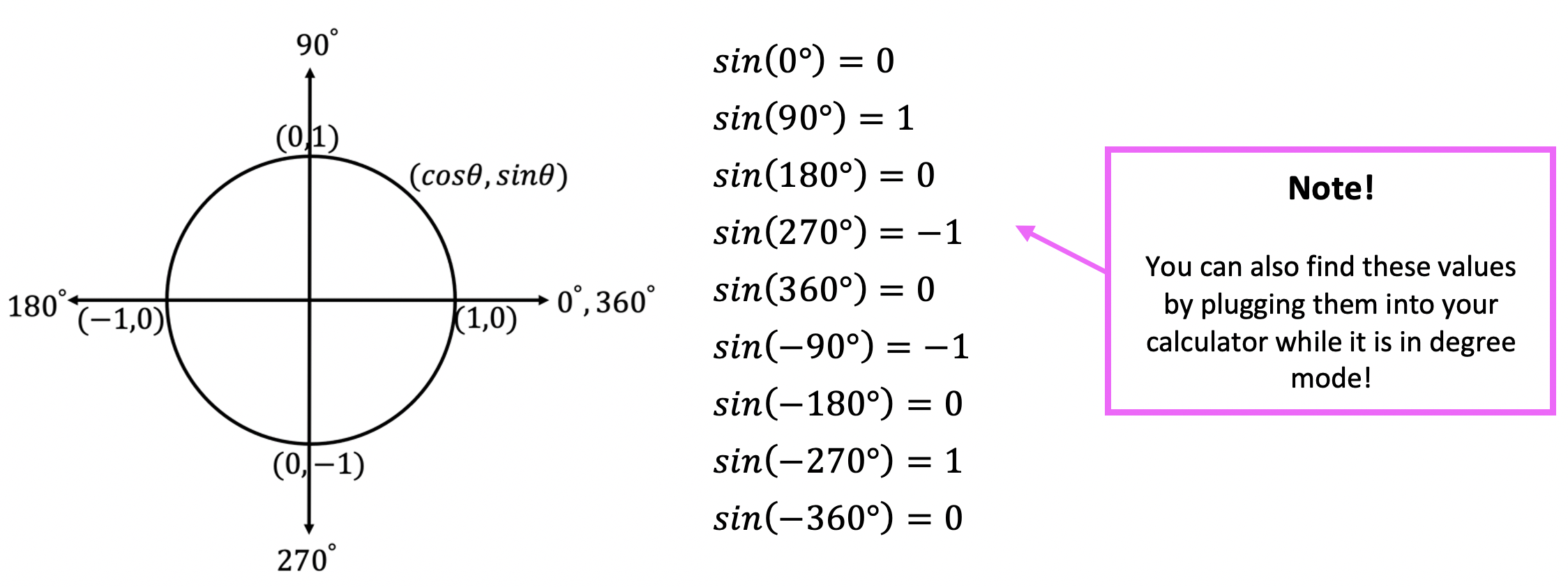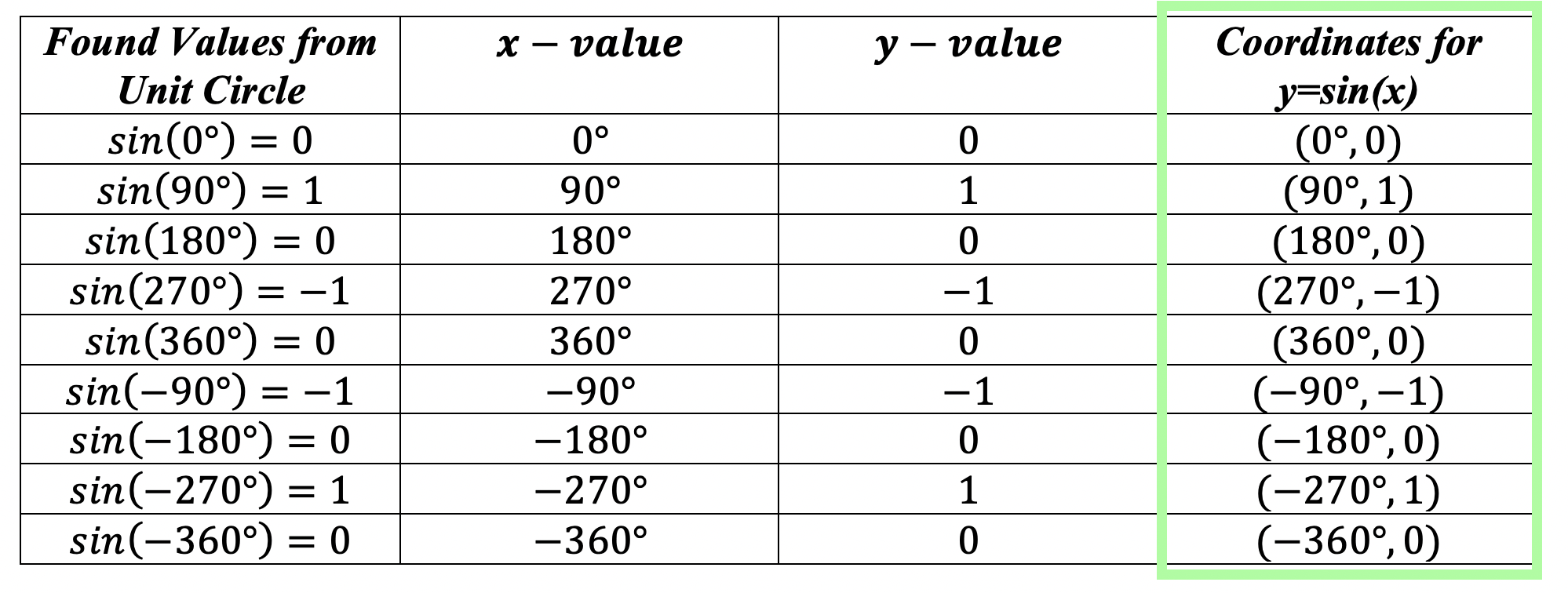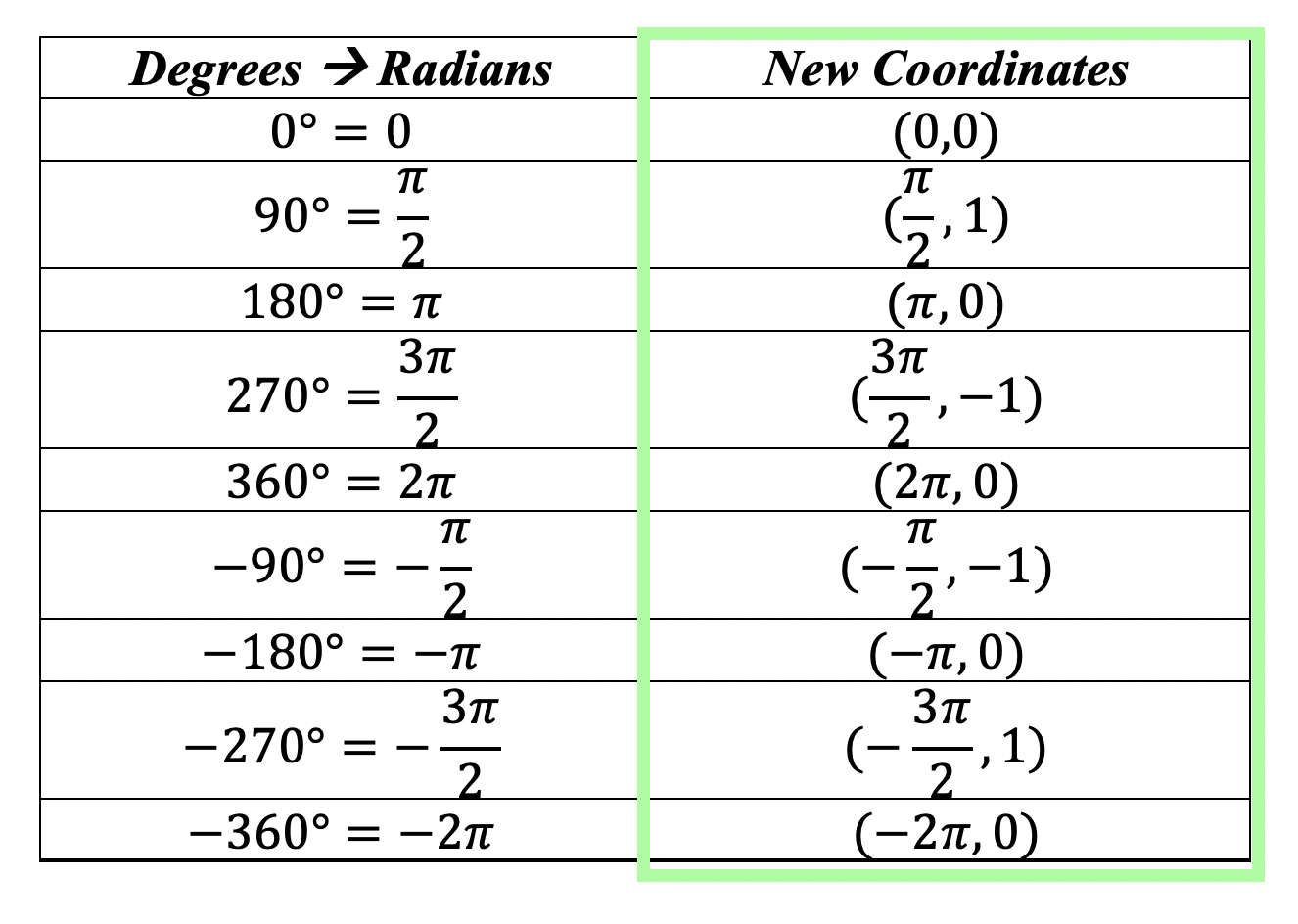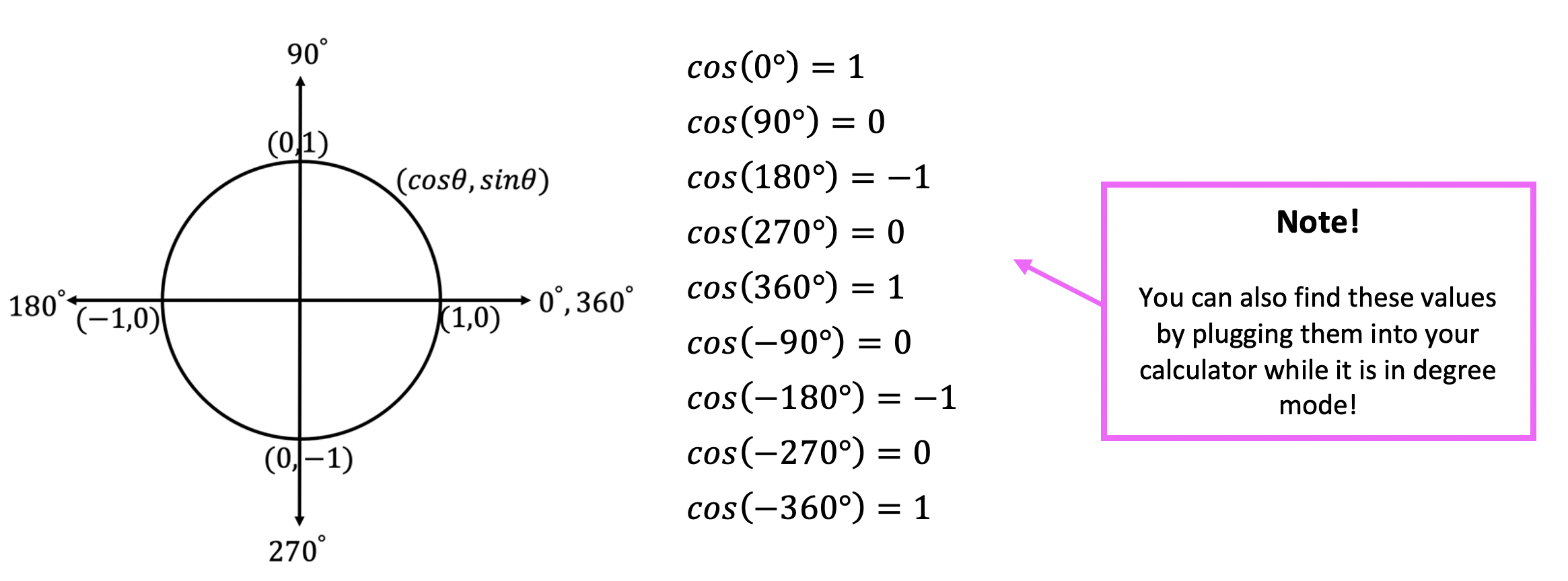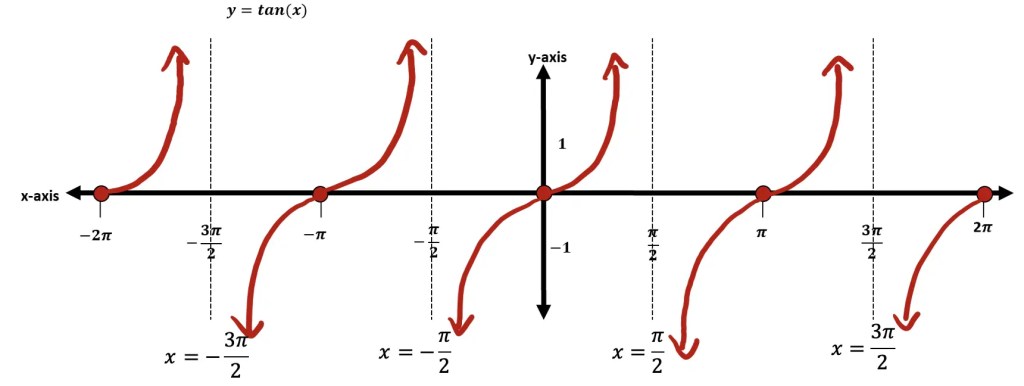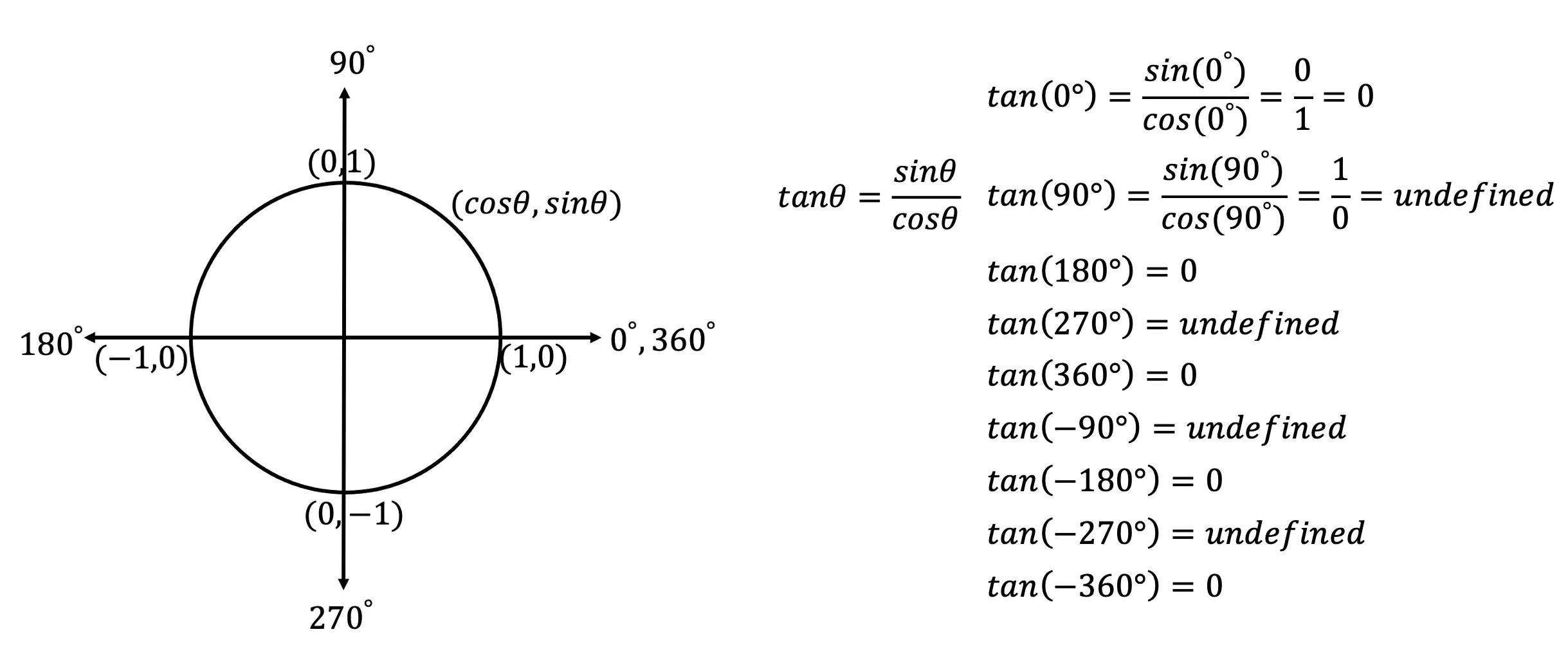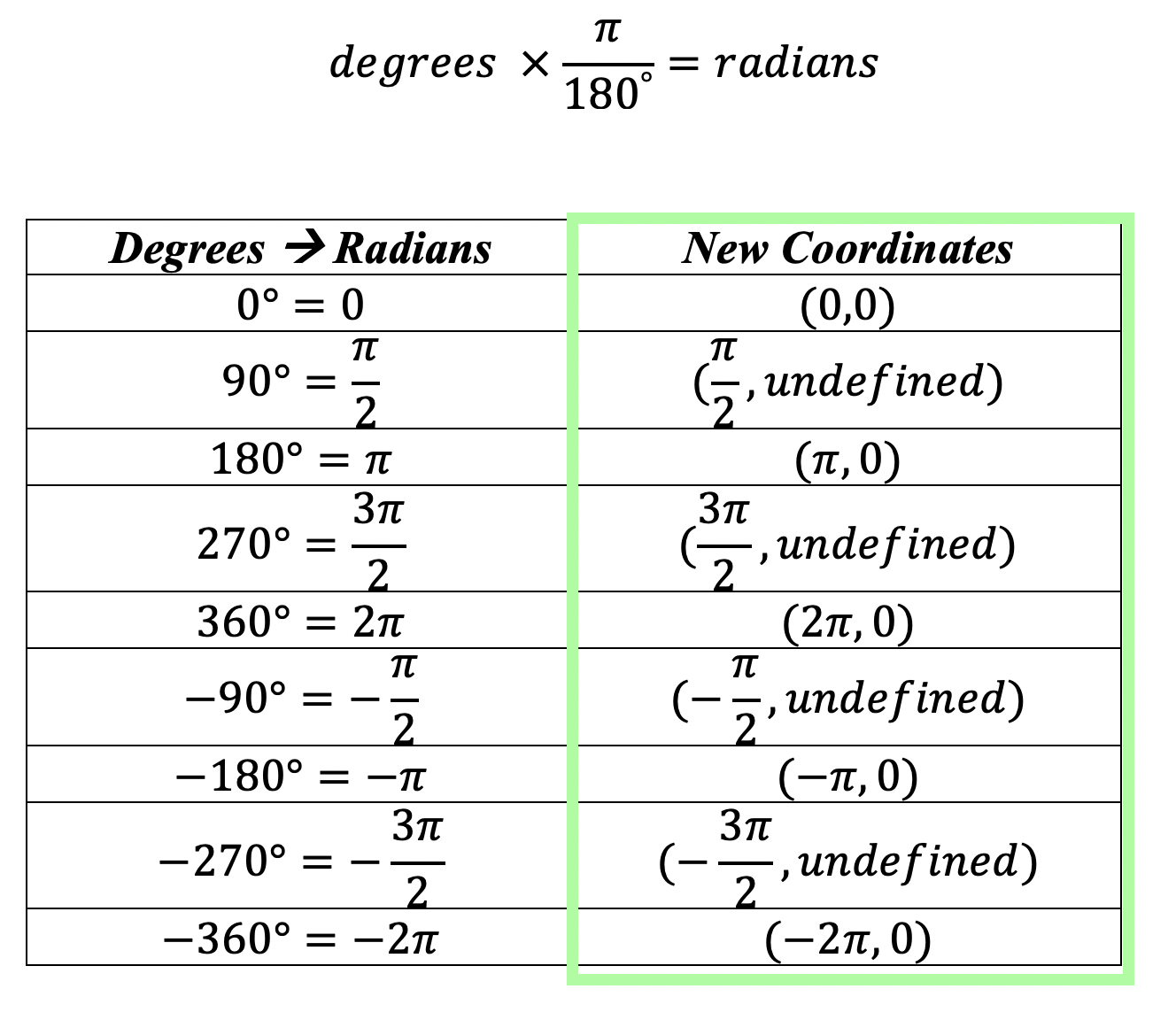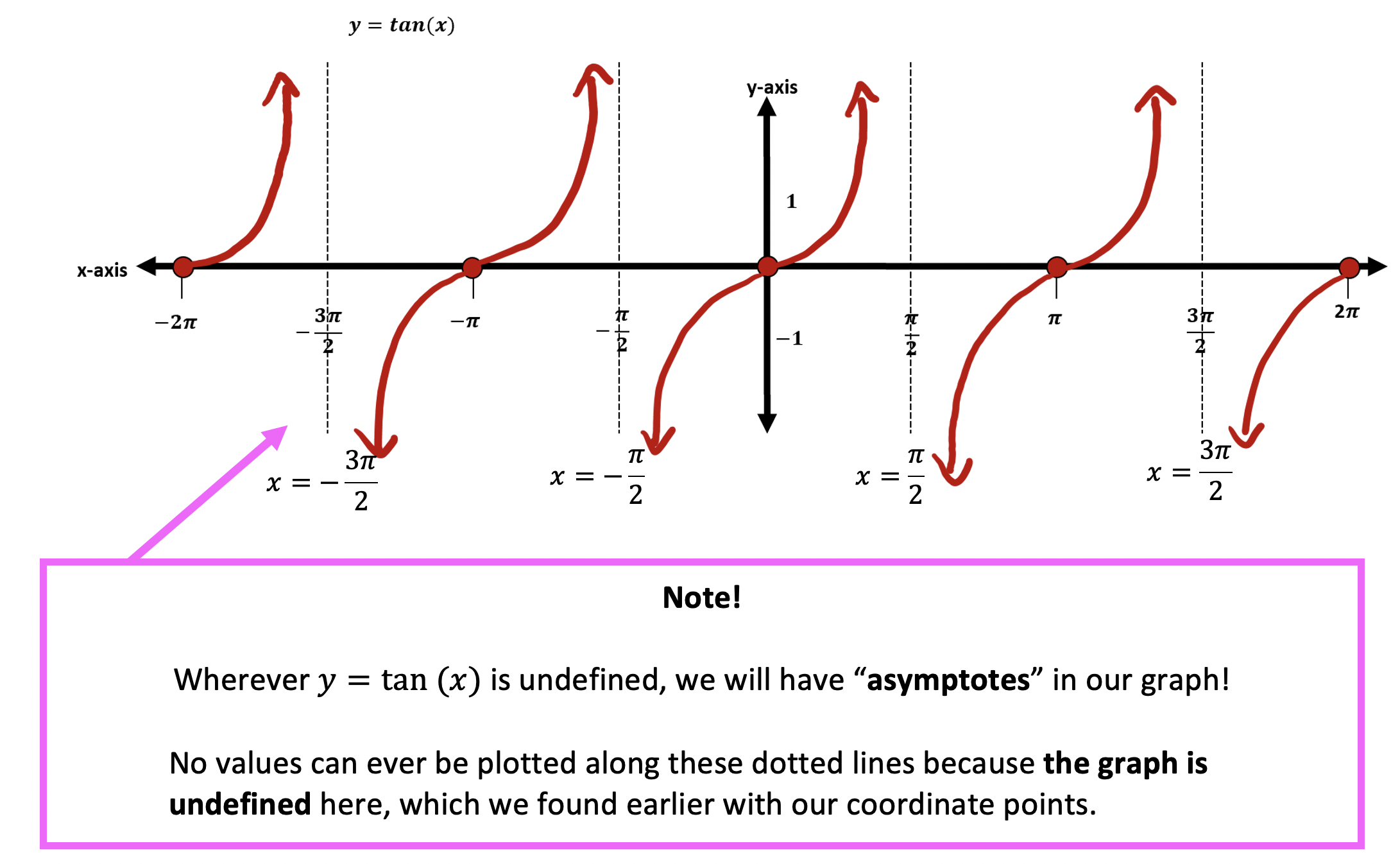Greetings math friends and welcome to MathSux! In this week’s post, we are going to take a step-by-step look at how a square inscribed in a circle construction works! Within this post we have a video, a GIF, and a step-by-step written explanation below, the choice of learning how to do this construction is up to you! Happy Calculating! 🙂
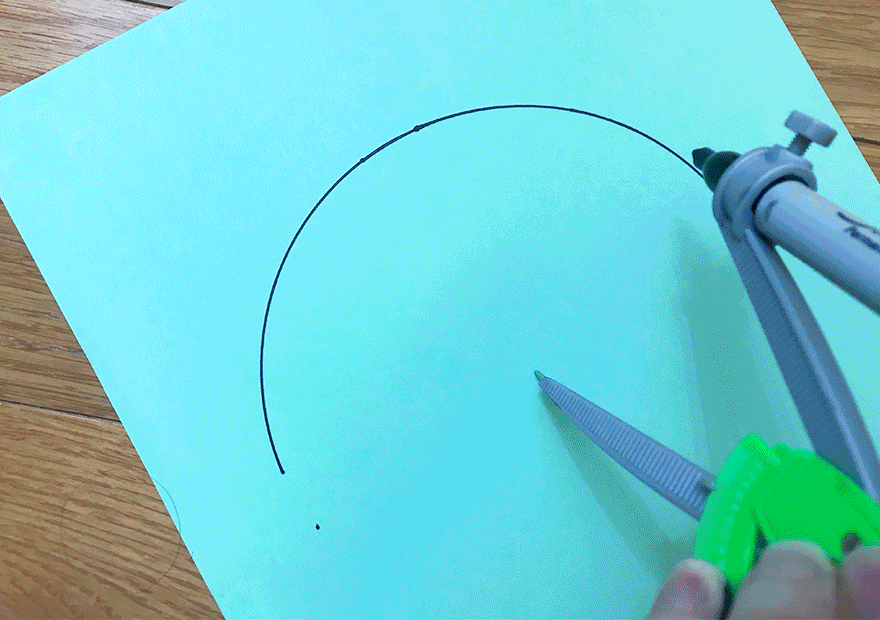
How to Construct a Square Inscribed in Circle:
Step 1: First, we are going to draw a circle using a compass (any size).
Step 2: Using a ruler, draw a diameter or straight line across the length of the circle, going through its midpoint.
Step 3: Next, open up the compass across the circle. Then take the point of the compass to one end of the diameter and swing the compass above the circle, creating an arc.
Step 4: Keeping that same length of the compass, go to the other side of the diameter and swing above the circle again making another arc until the two arcs intersect.
Step 5: Now, we are going to repeat steps 3 and 4, this time creating arcs below the circle using the same compass size.
Step 6: Connect the point of intersection above and below the circle using a ruler or straight edge. This creates a perpendicular bisector, cutting the diameter in half and forming a 90º angle.
Step 7: Lastly, we are going to use a ruler to connect each corner point to one another creating a square!
Constructions and Related Posts:
Looking to construct more than just a square inside a circle? Check out these related posts and step-by-step tutorials on geometry constructions below!
Construct an Equilateral Triangle
Perpendicular Line Segment through a Point
Altitudes of a Triangle (Acute, Obtuse, Right)
How to Construct a Parallel Line
Best Geometry Tools!
Looking to get the best construction tools? Any compass and straight-edge will do the trick, but personally, I prefer to use my favorite mini math toolbox from Staedler. Stadler has a geometry math set that comes with a mini ruler, compass, protractor, and eraser in a nice travel-sized pack that is perfect for students on the go and for keeping everything organized….did I mention it’s only $7.99 on Amazon?! This is the same set I use for every construction video in this post. Check out the link below and let me know what you think!
Still got questions? No problem! Don’t hesitate to comment with any questions or concerns below. Also if you’re looking for a different type of construction you don’t yet see here, please let me know! Happy calculating! 🙂
Let’s be friends! Check us out on the following social media platforms for even more free MathSux practice questions and videos:
Facebook ~ Twitter ~ TikTok ~ Youtube
Looking for something similar to square inscribed in a circle construction? Check out this post here on how to construct and equilateral triangle here! And if you’re looking for even more geometry constructions, check out the link here!


